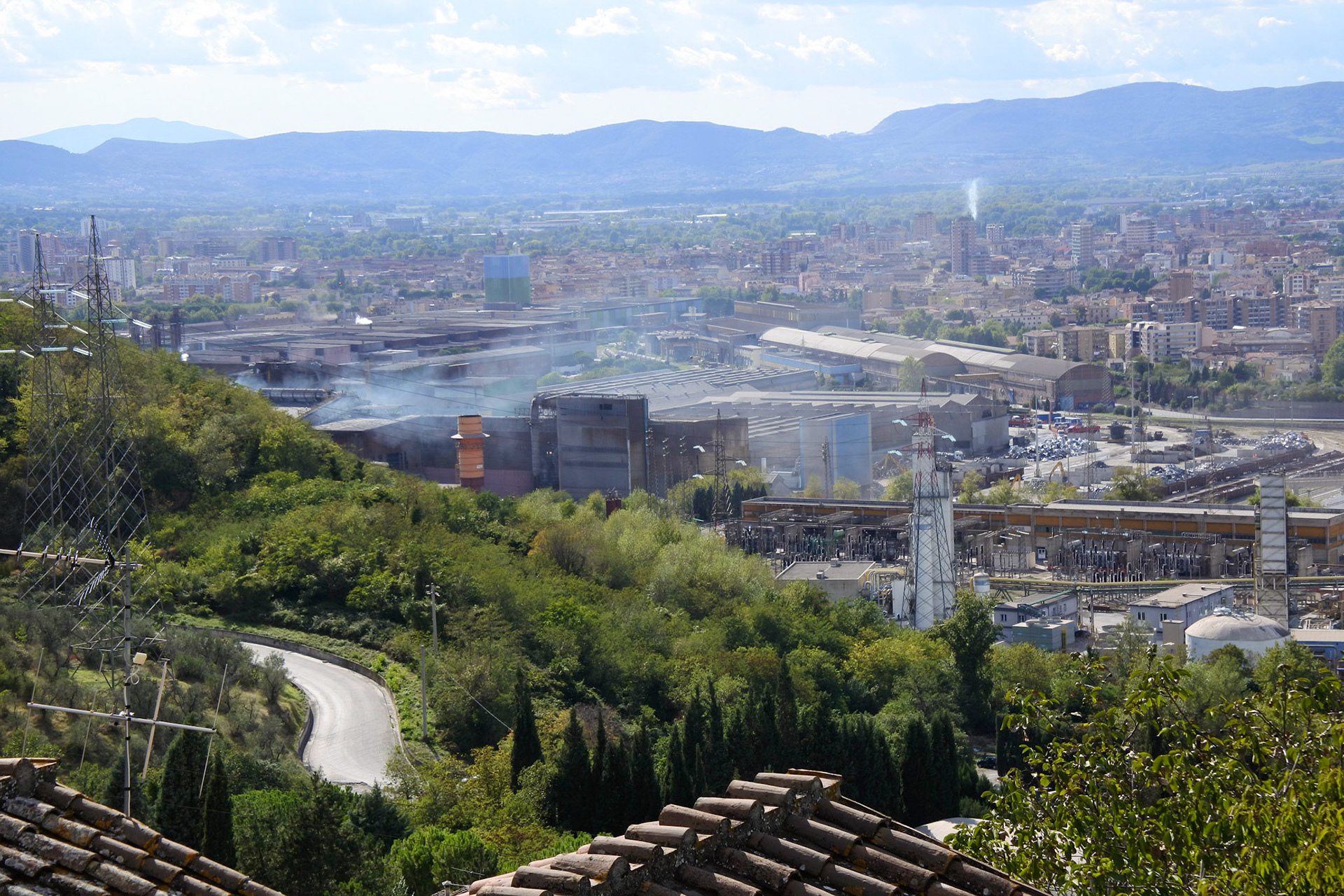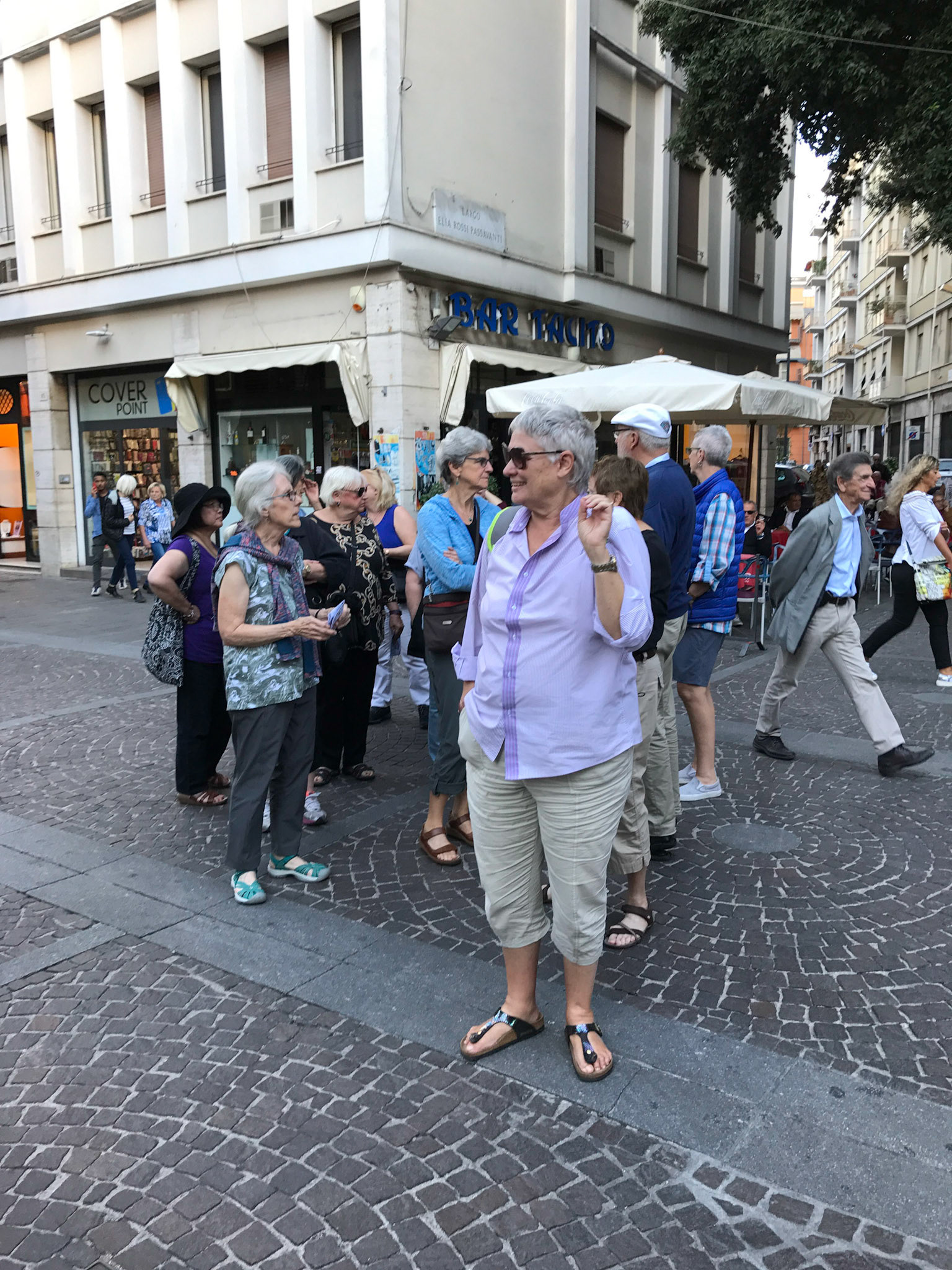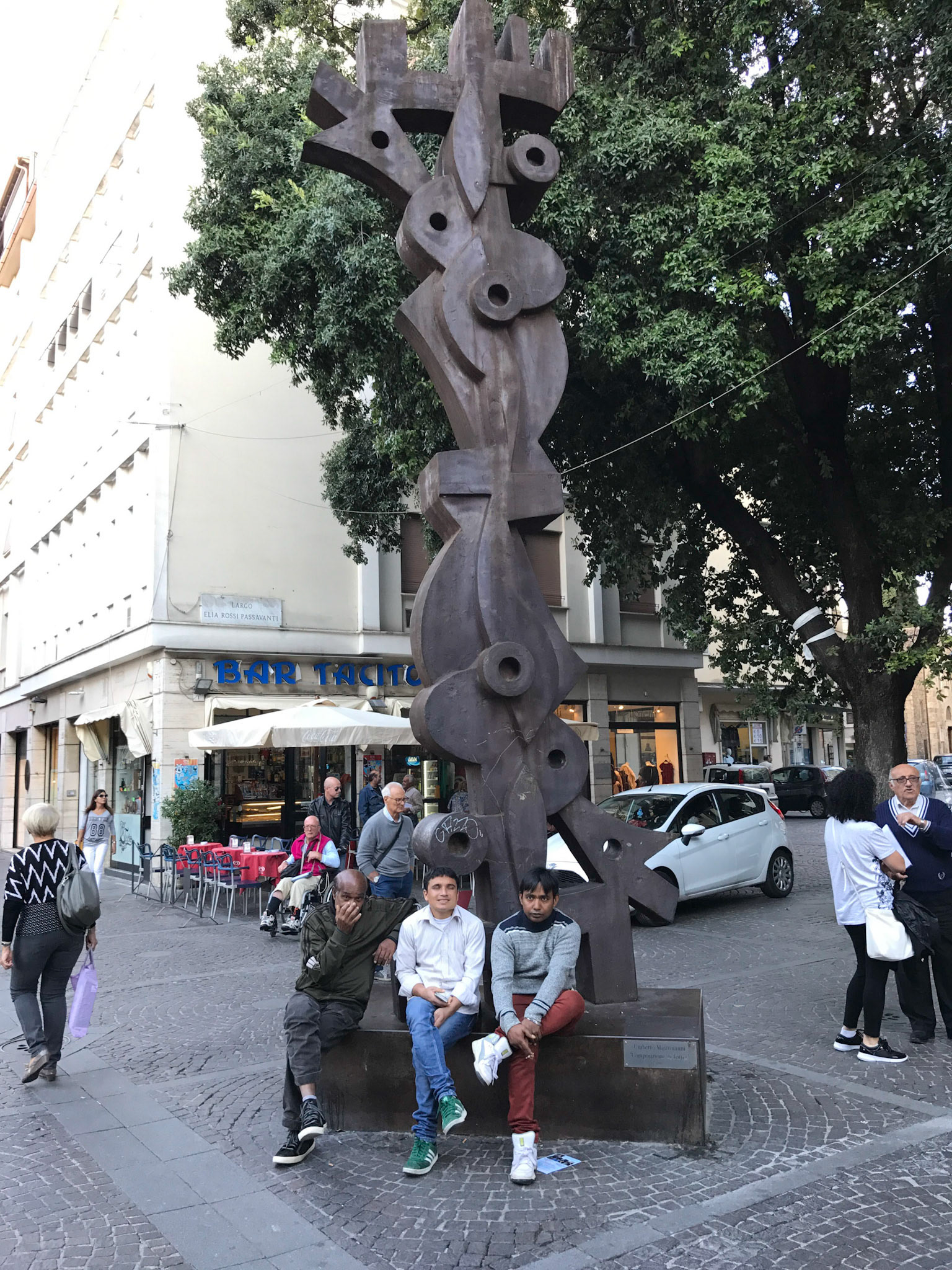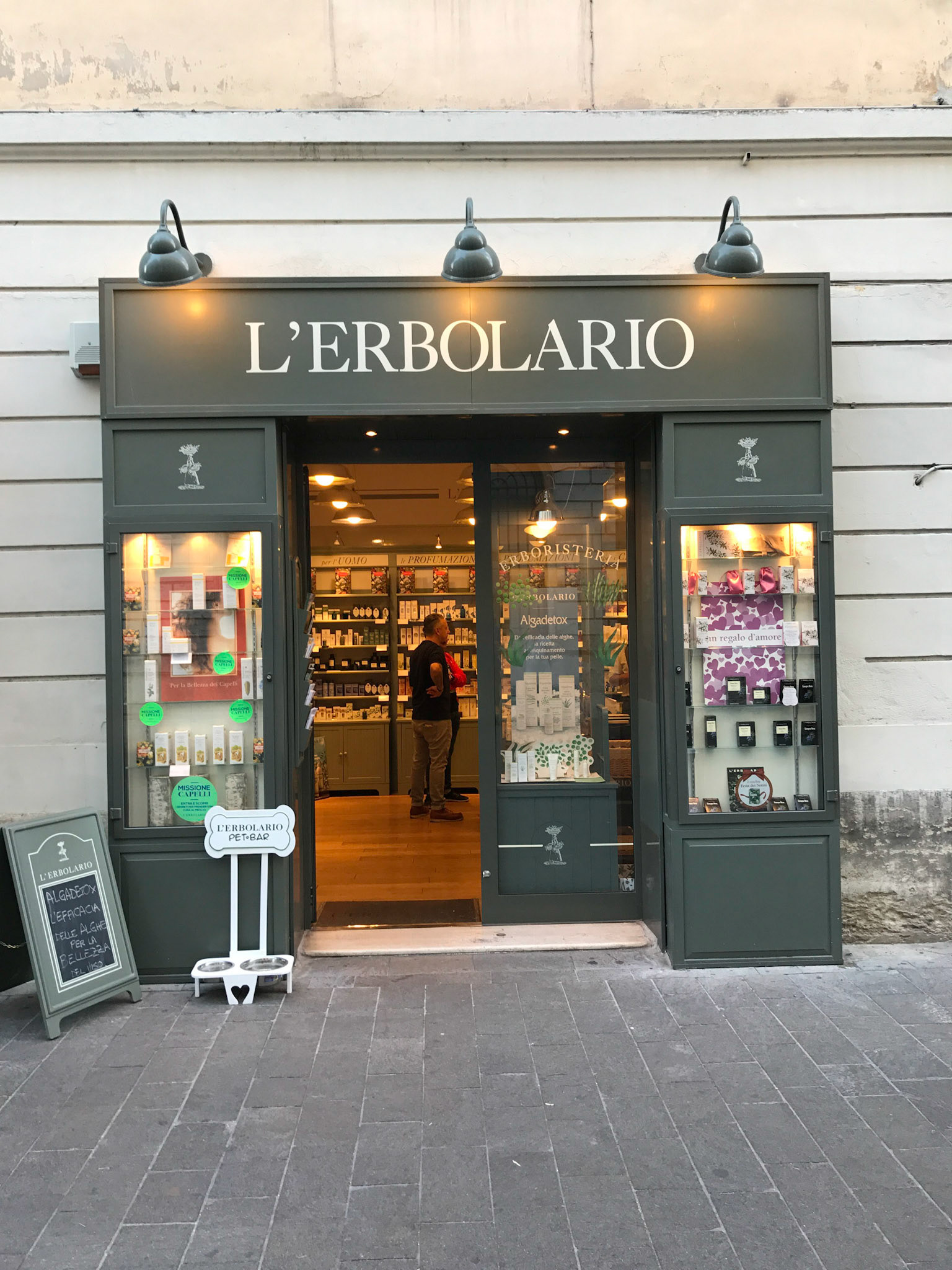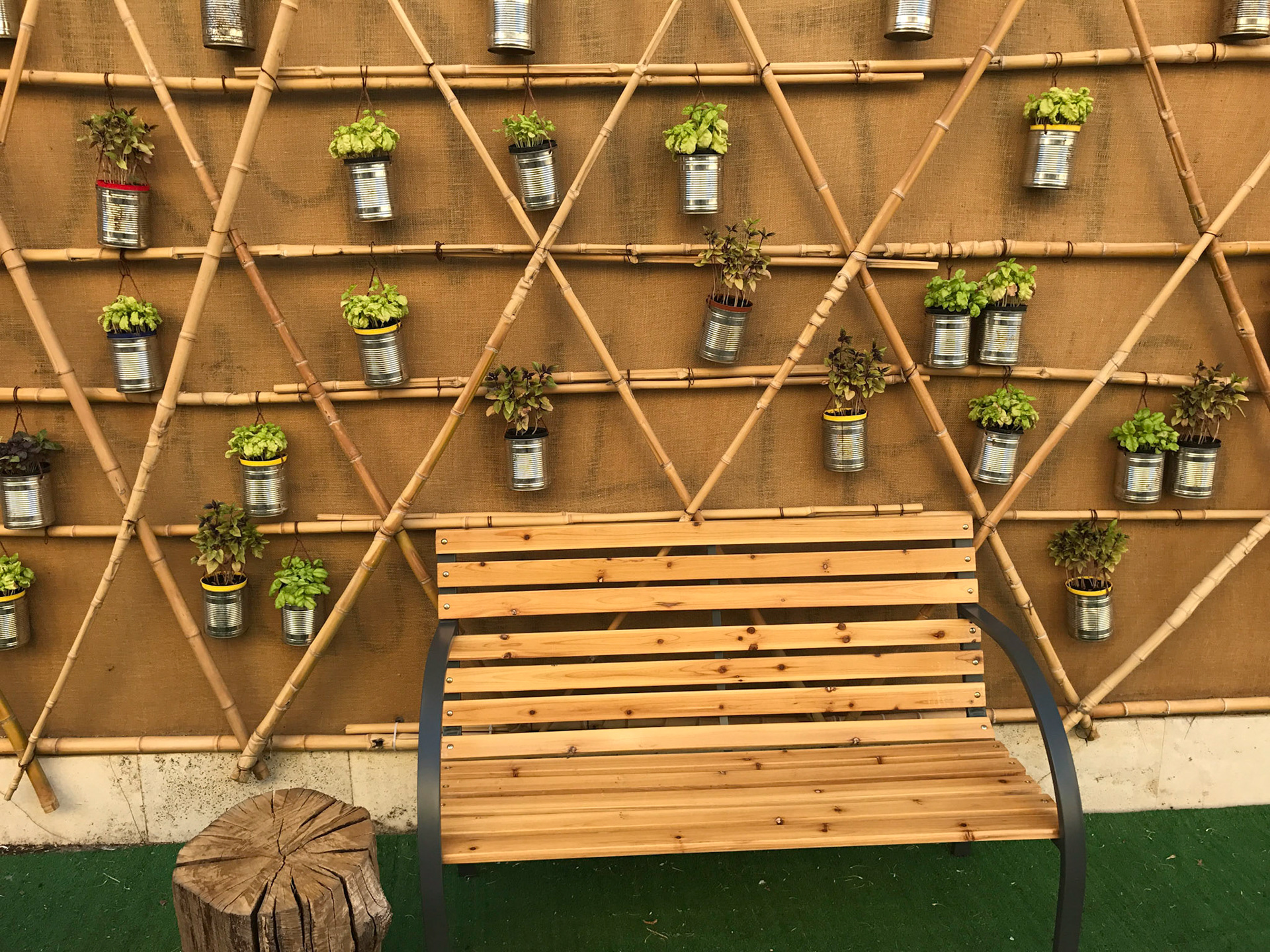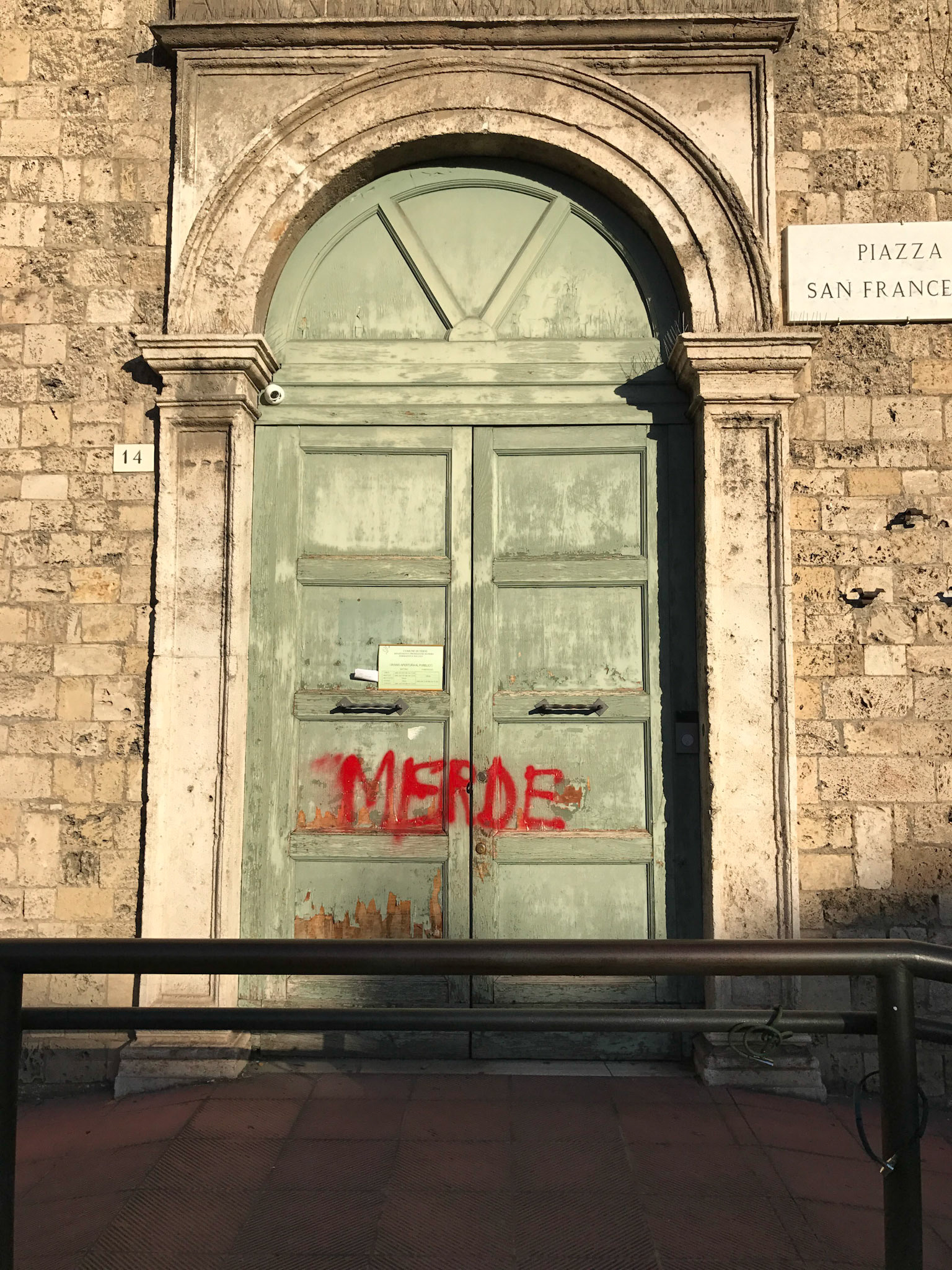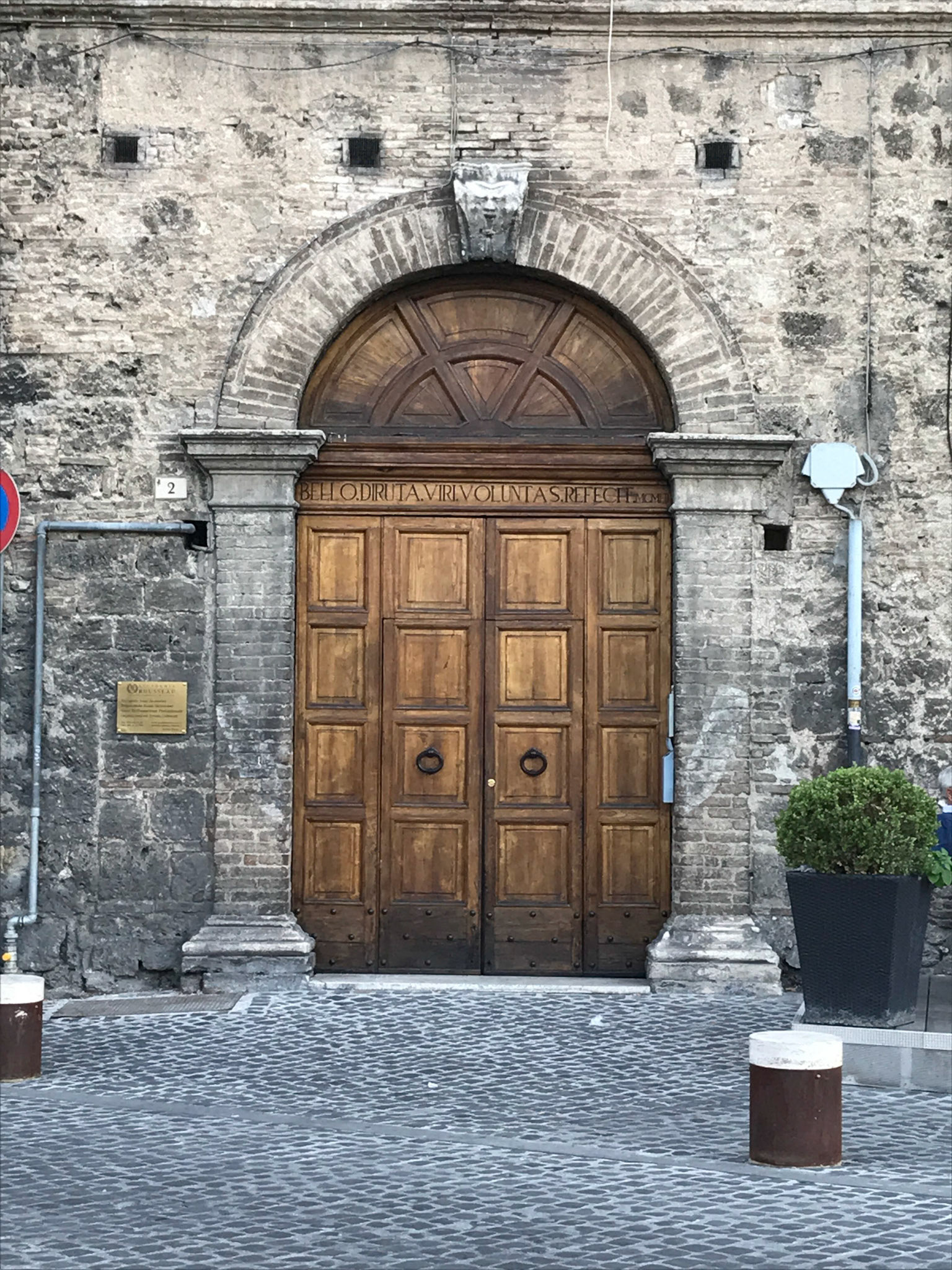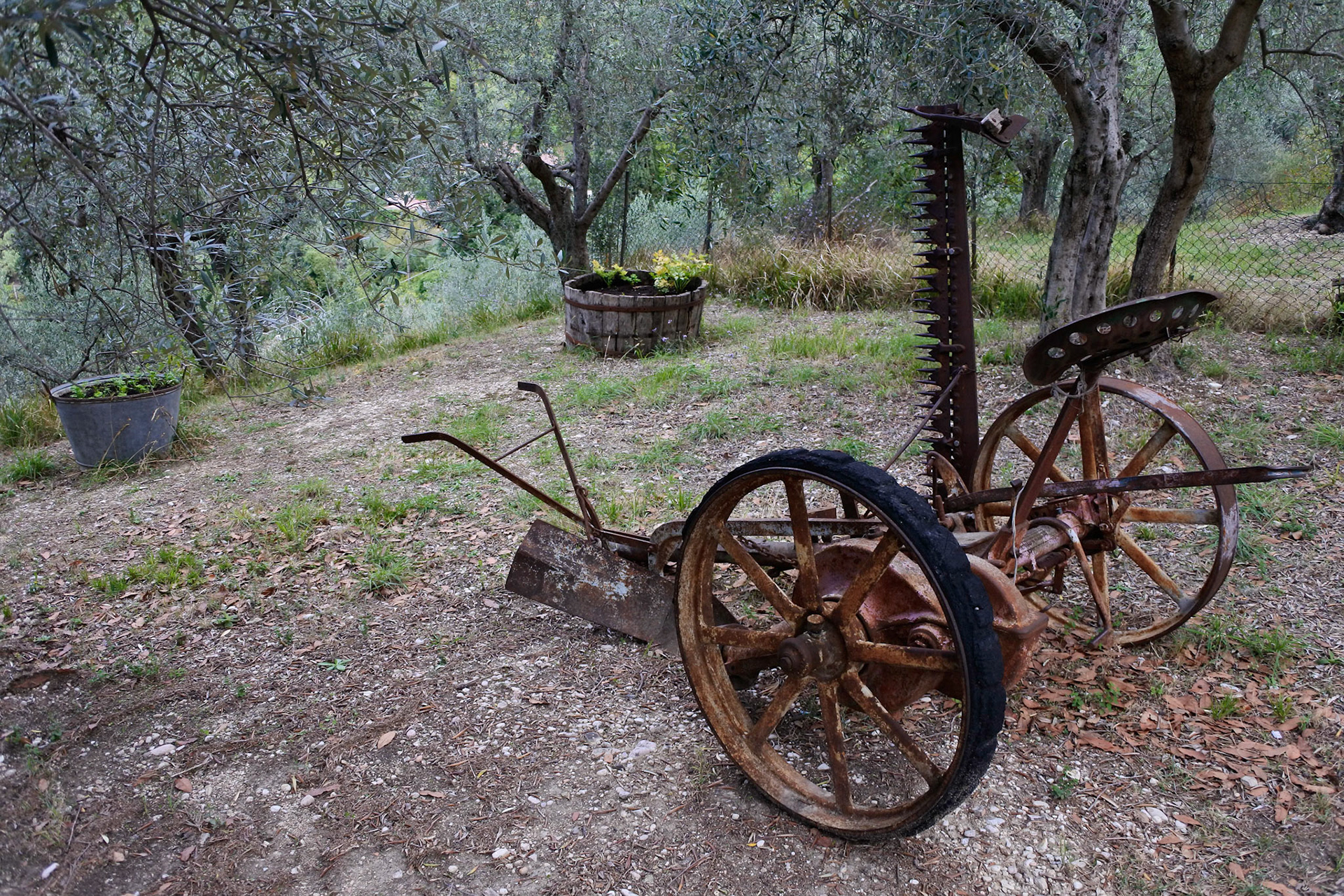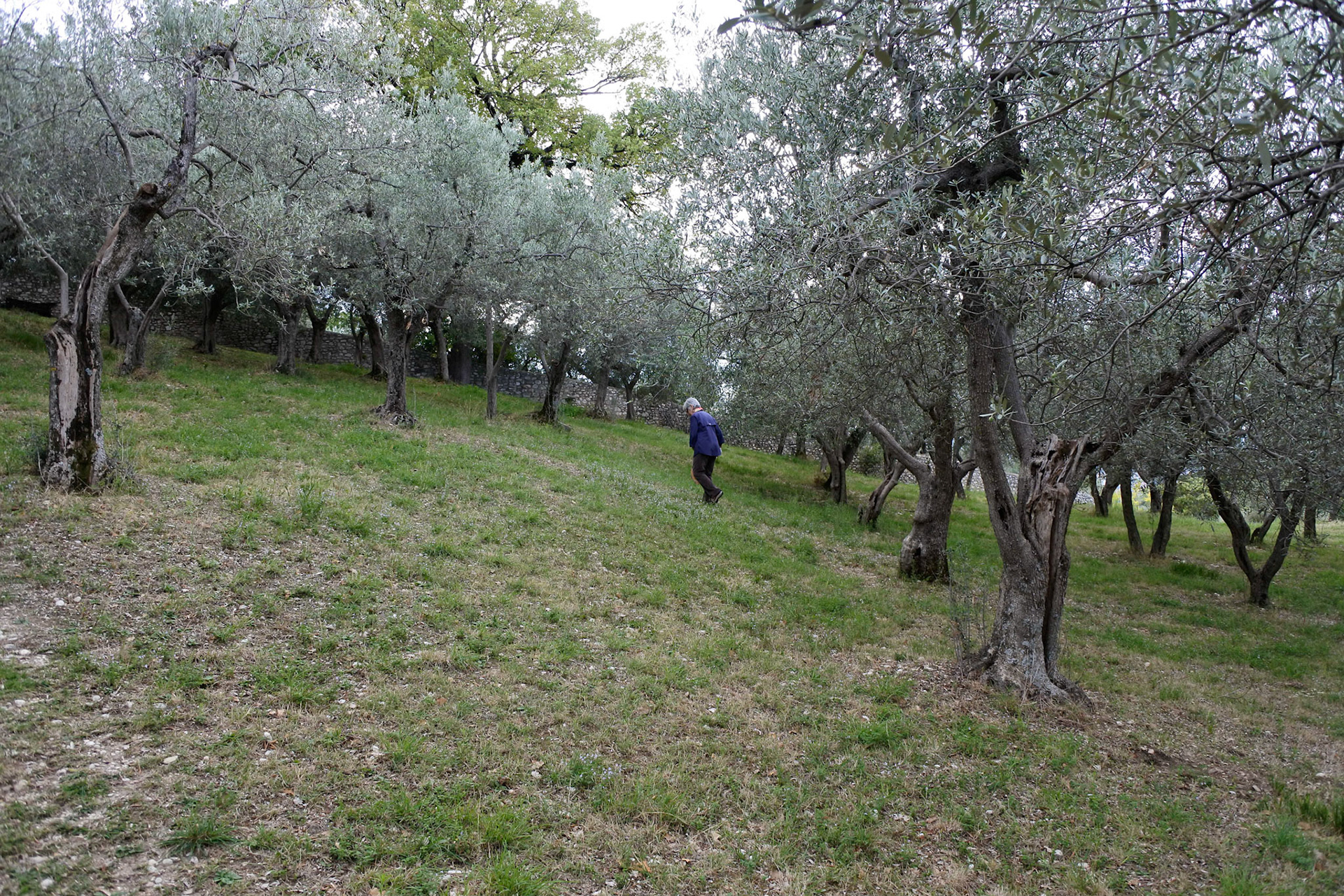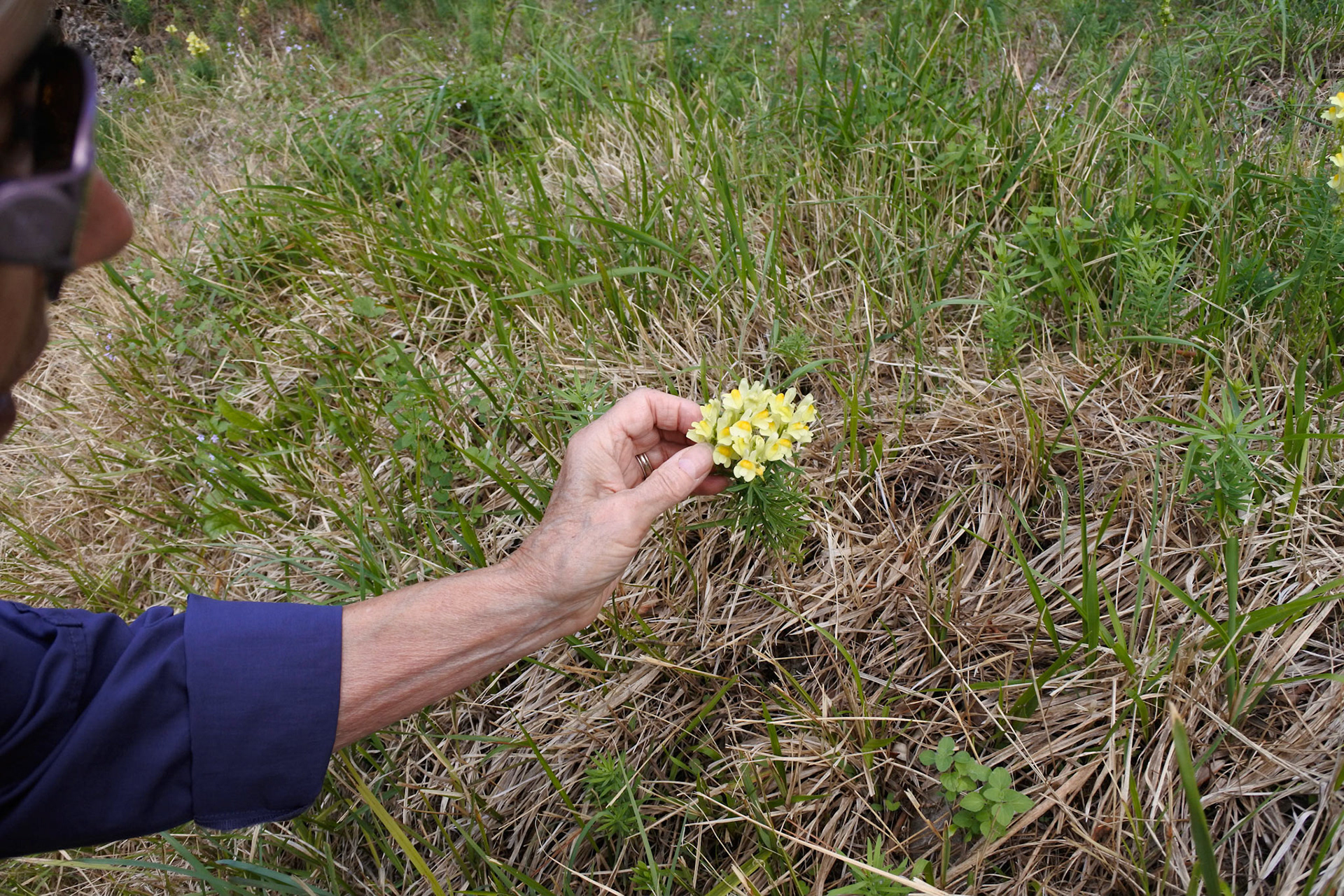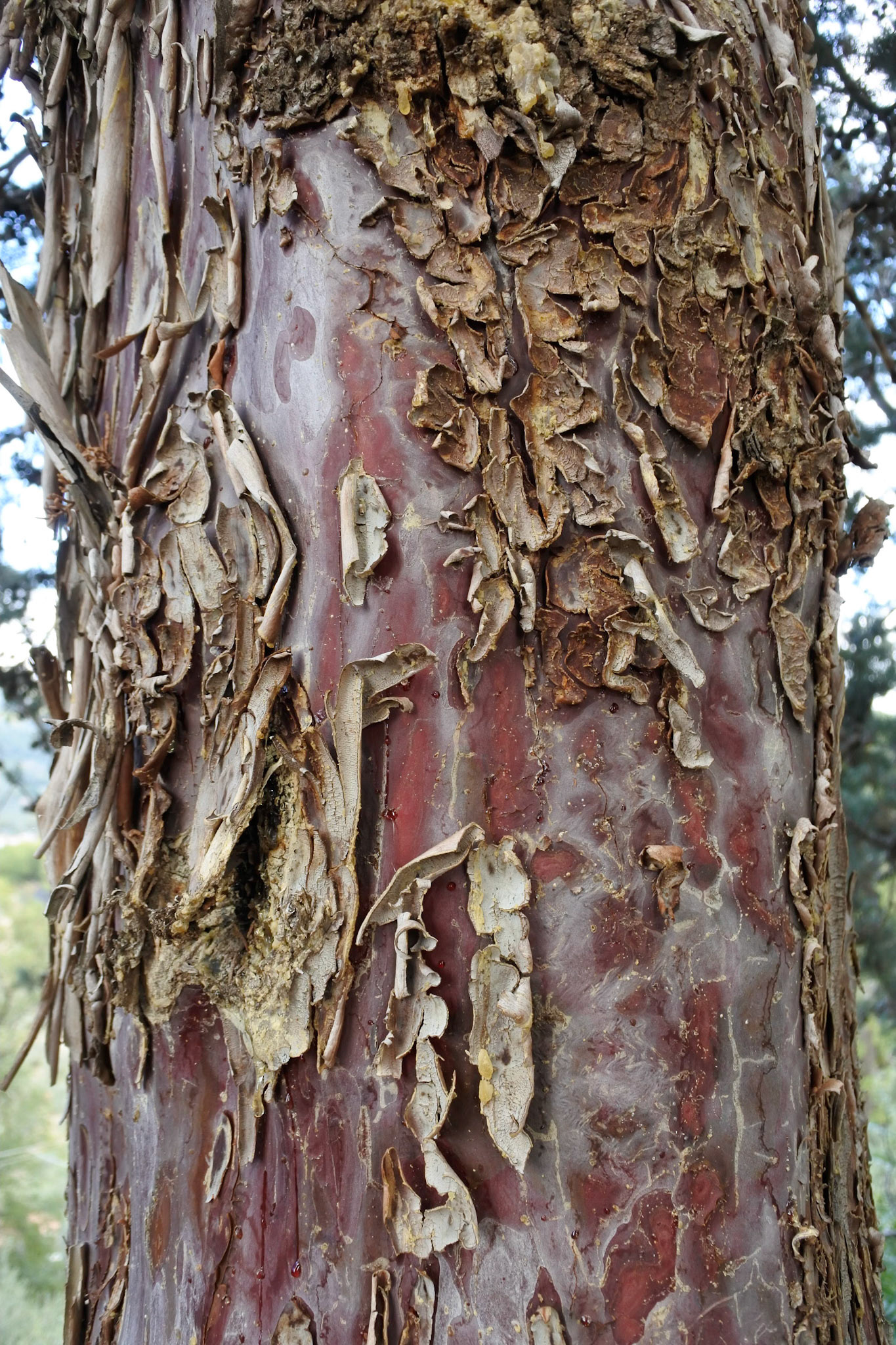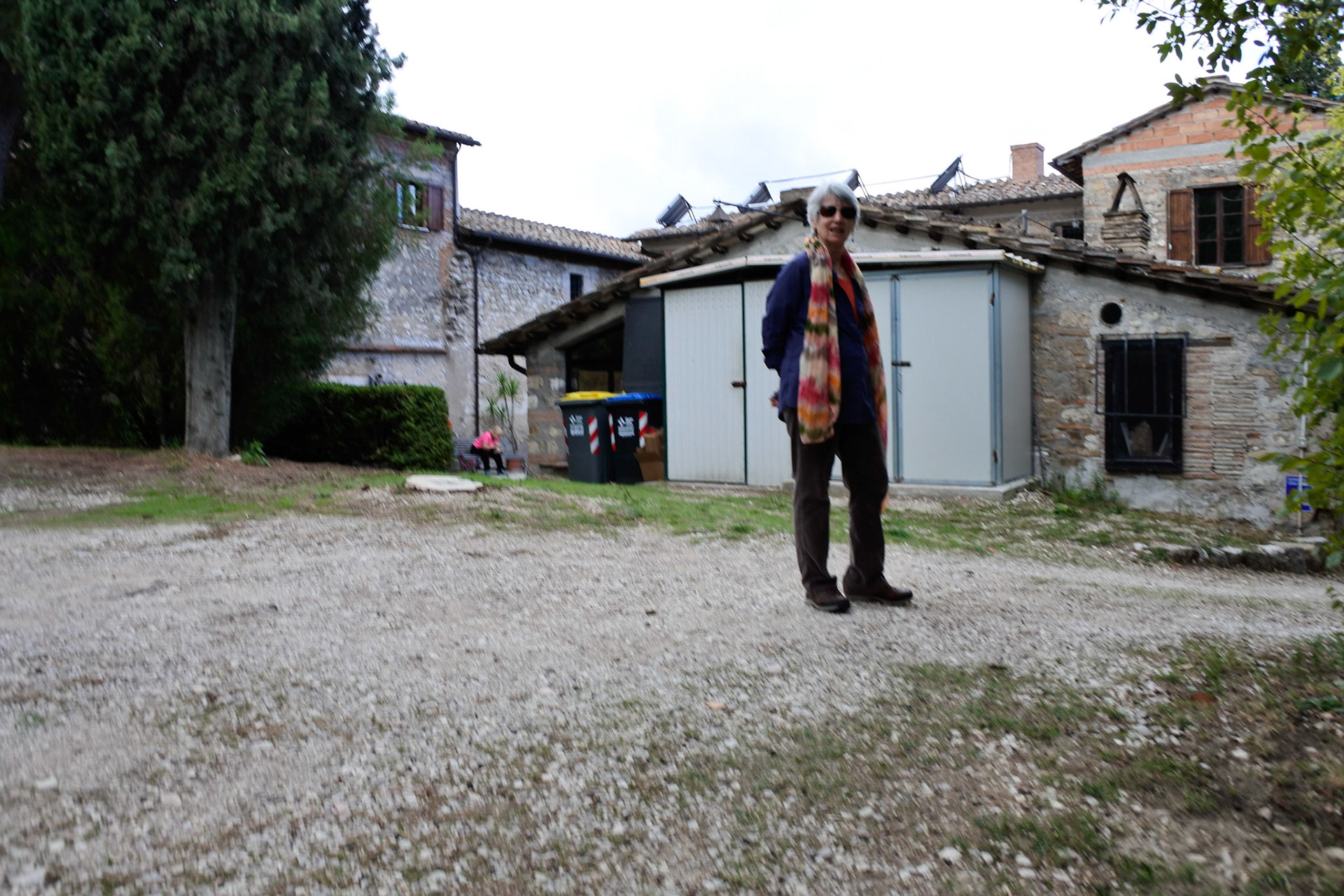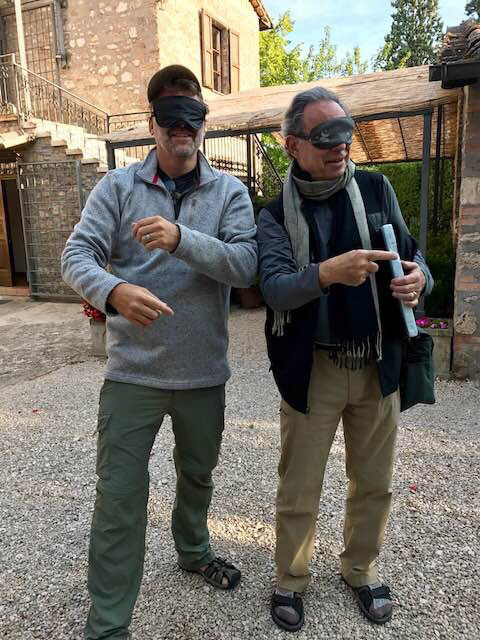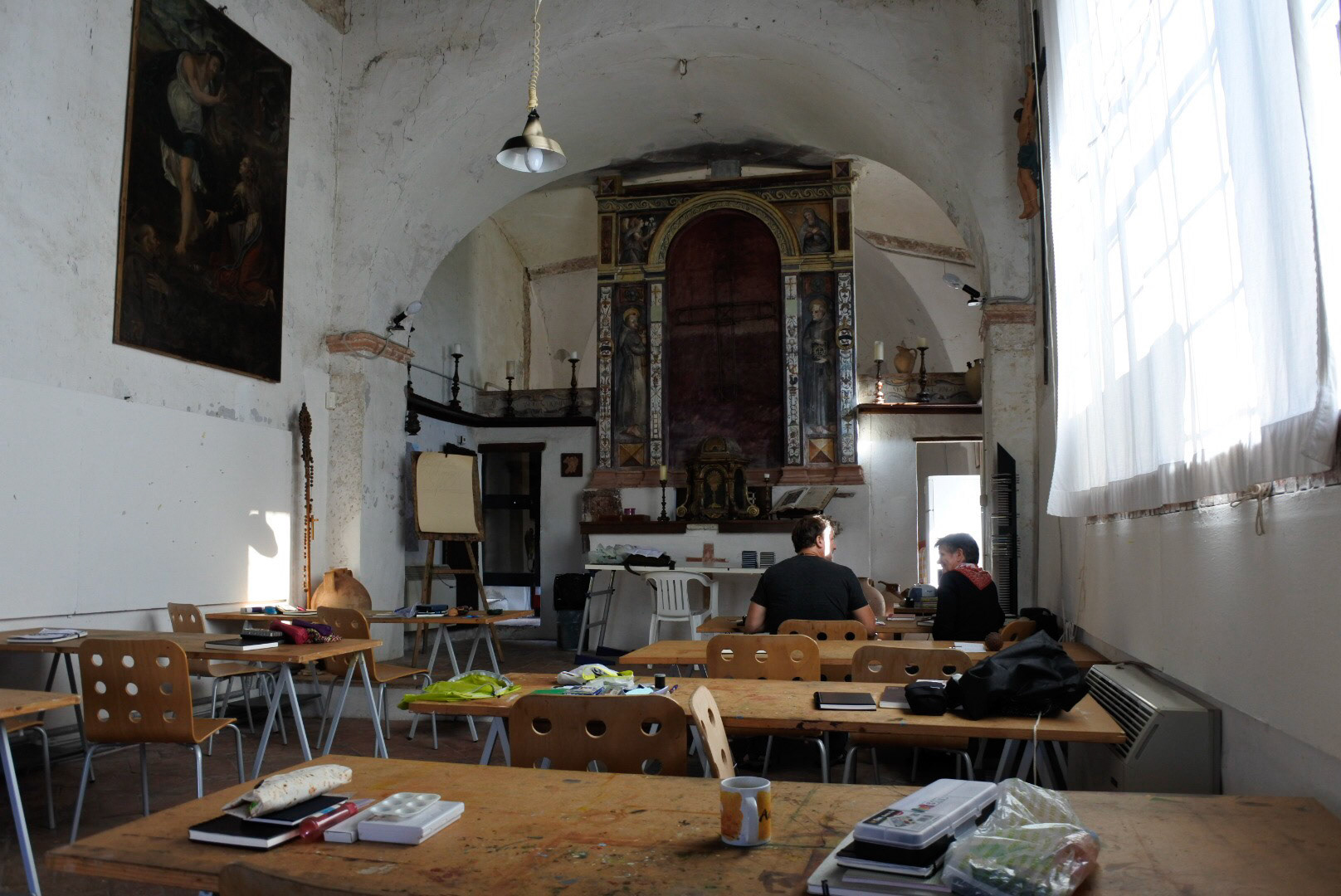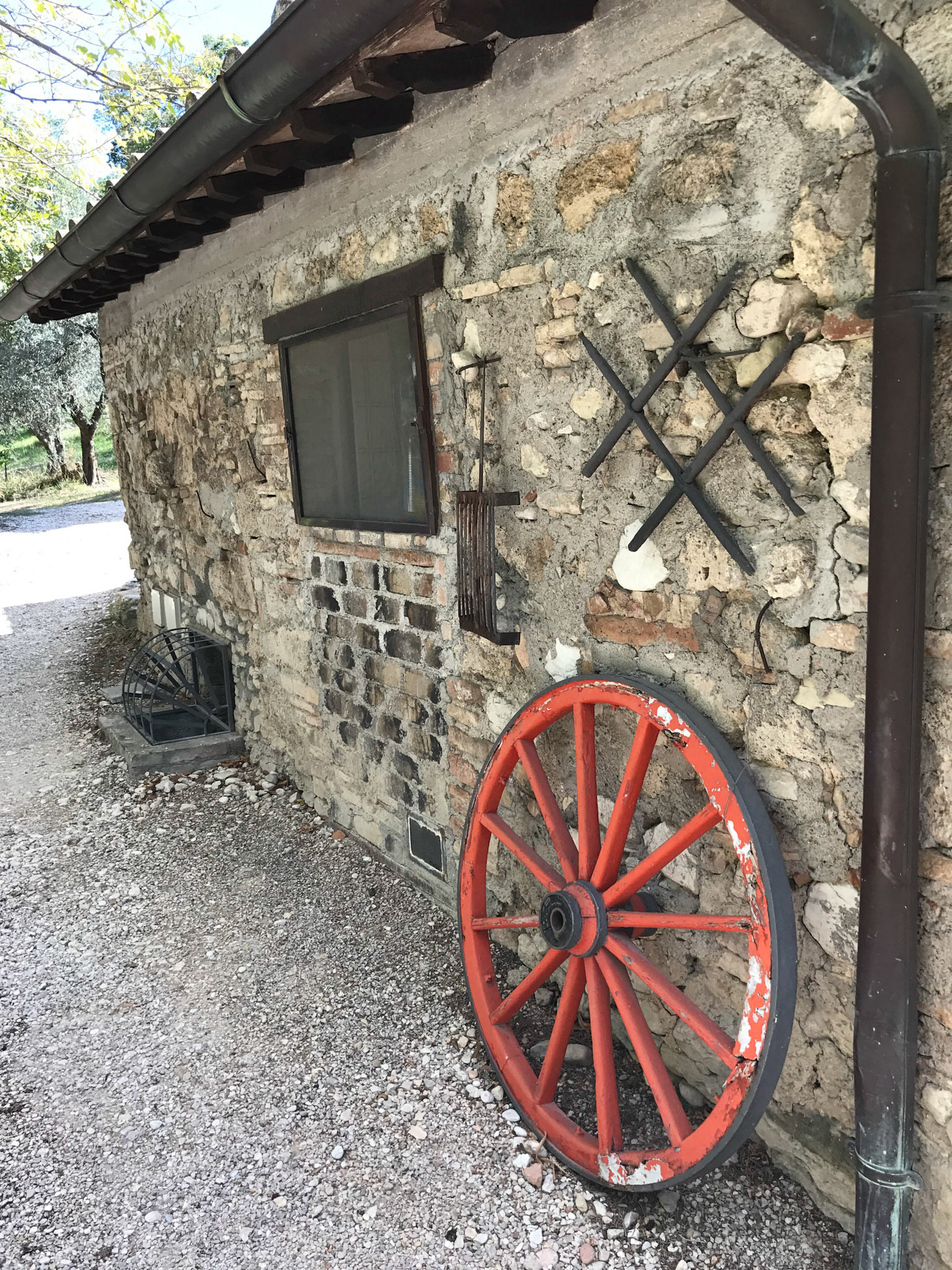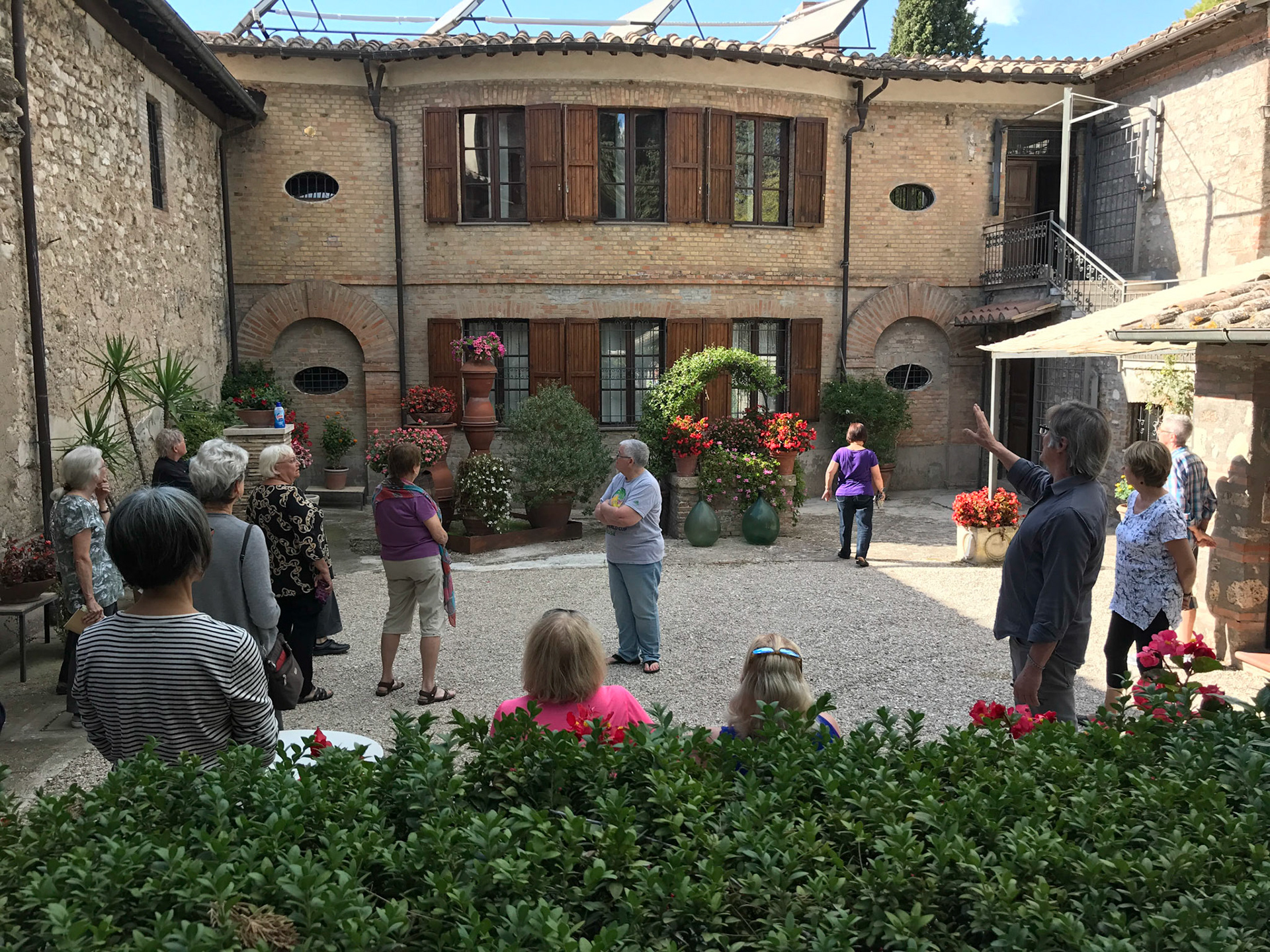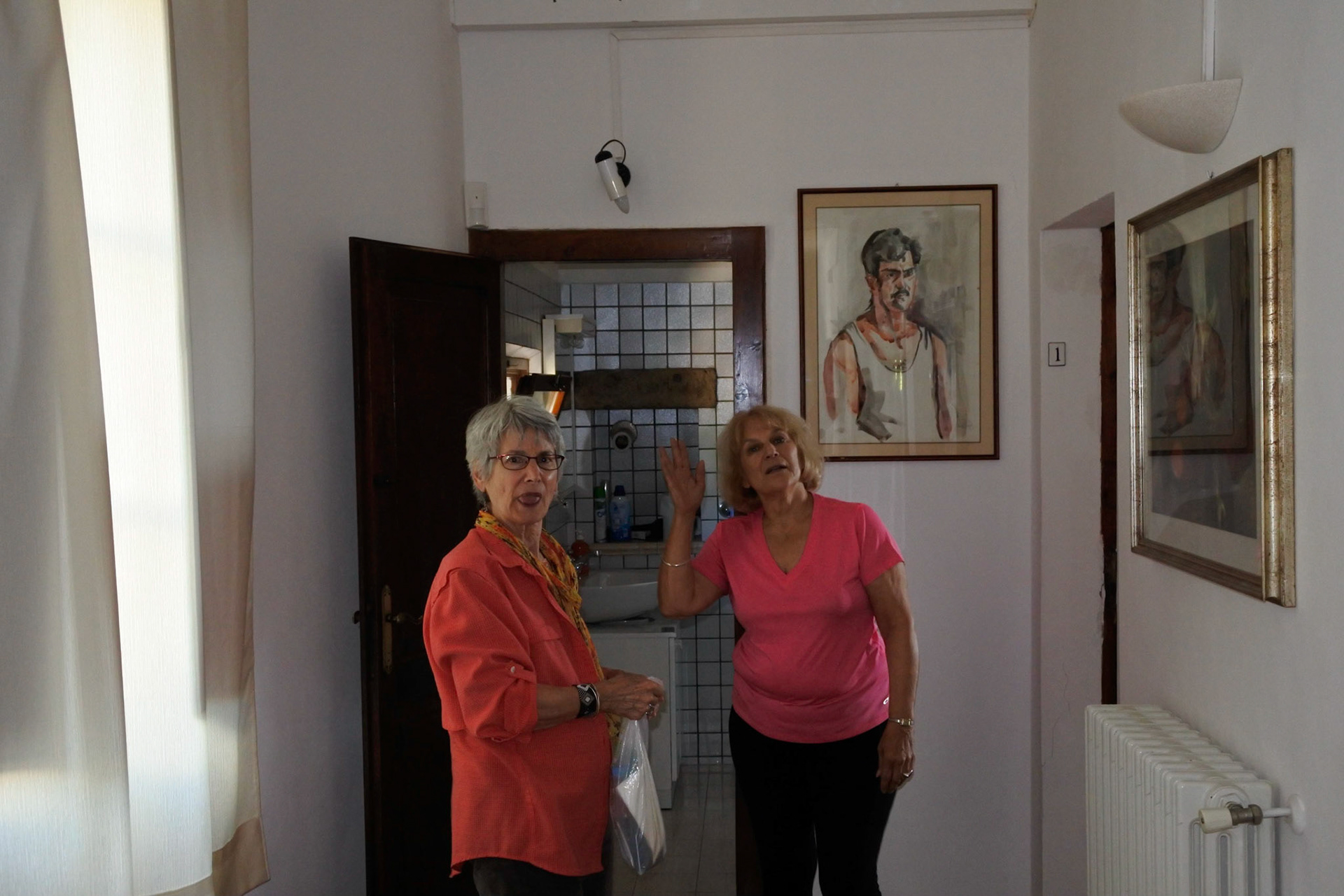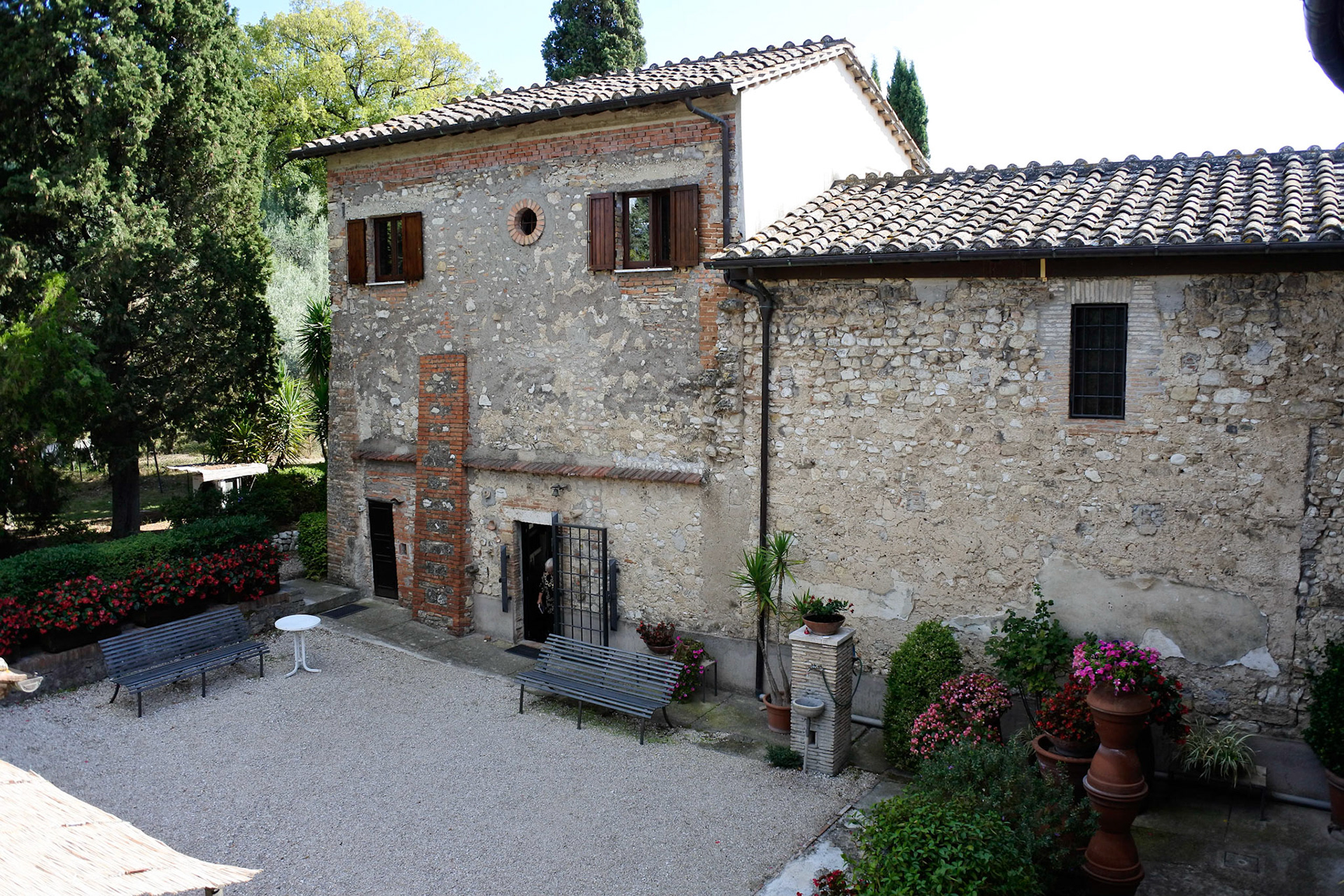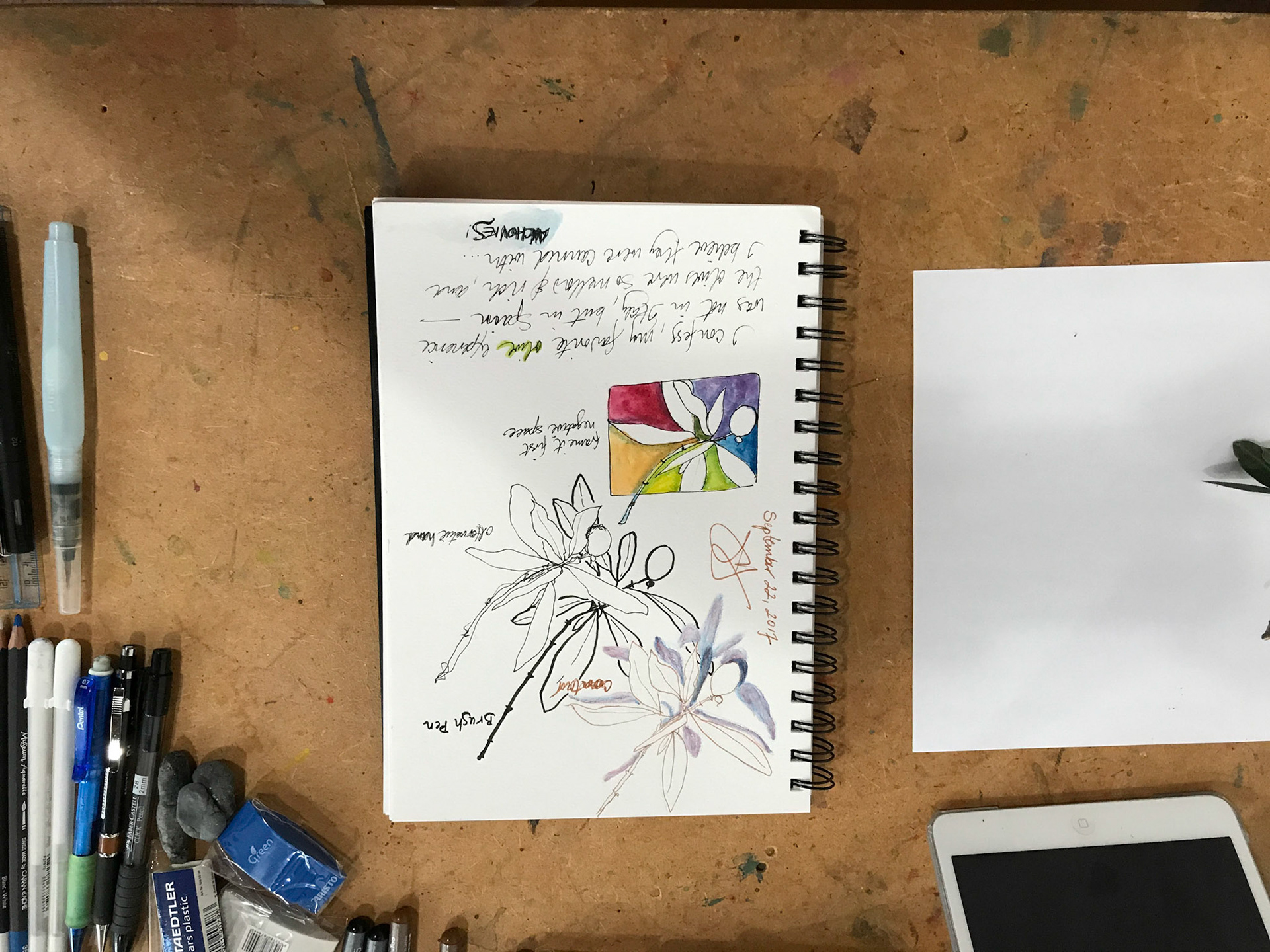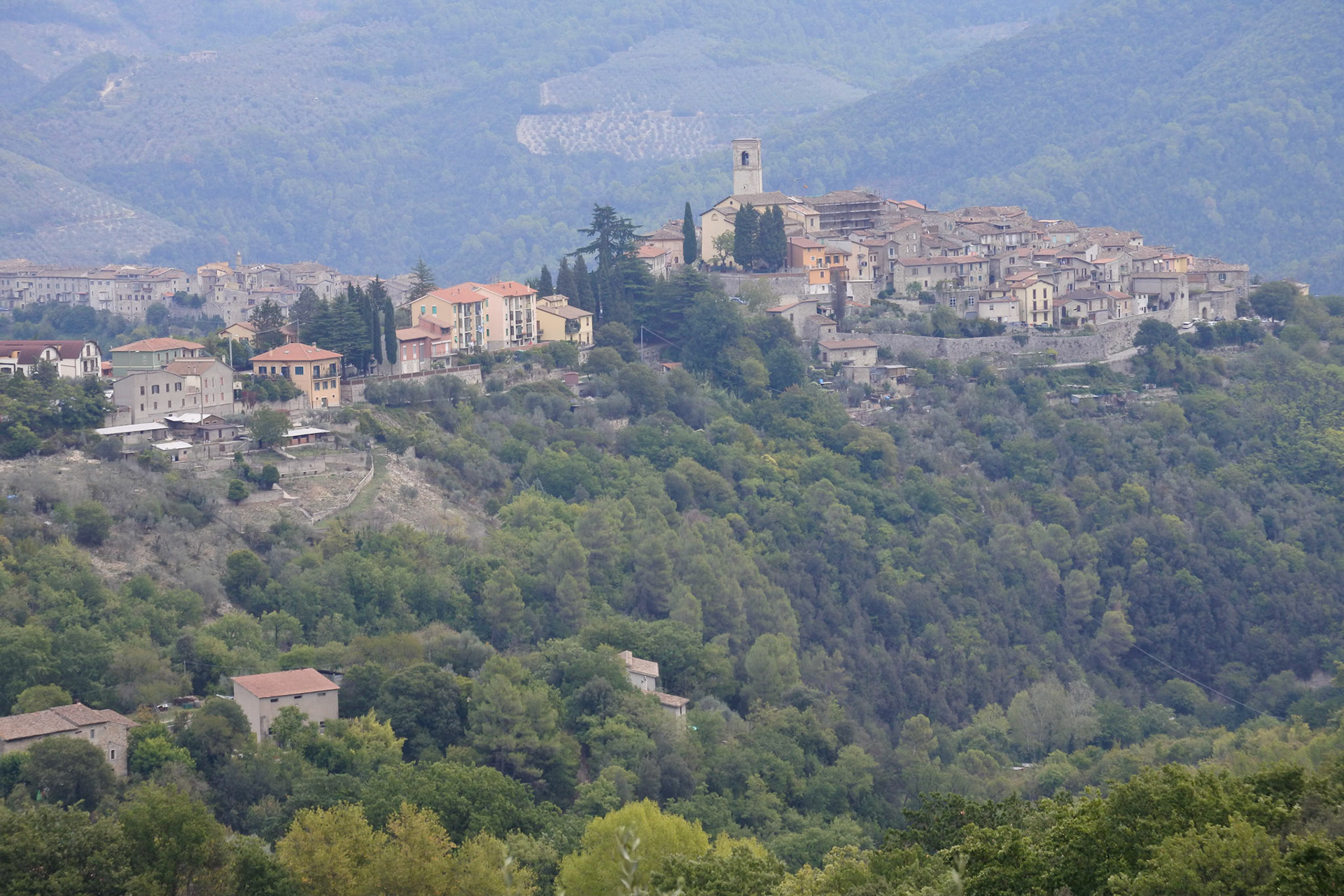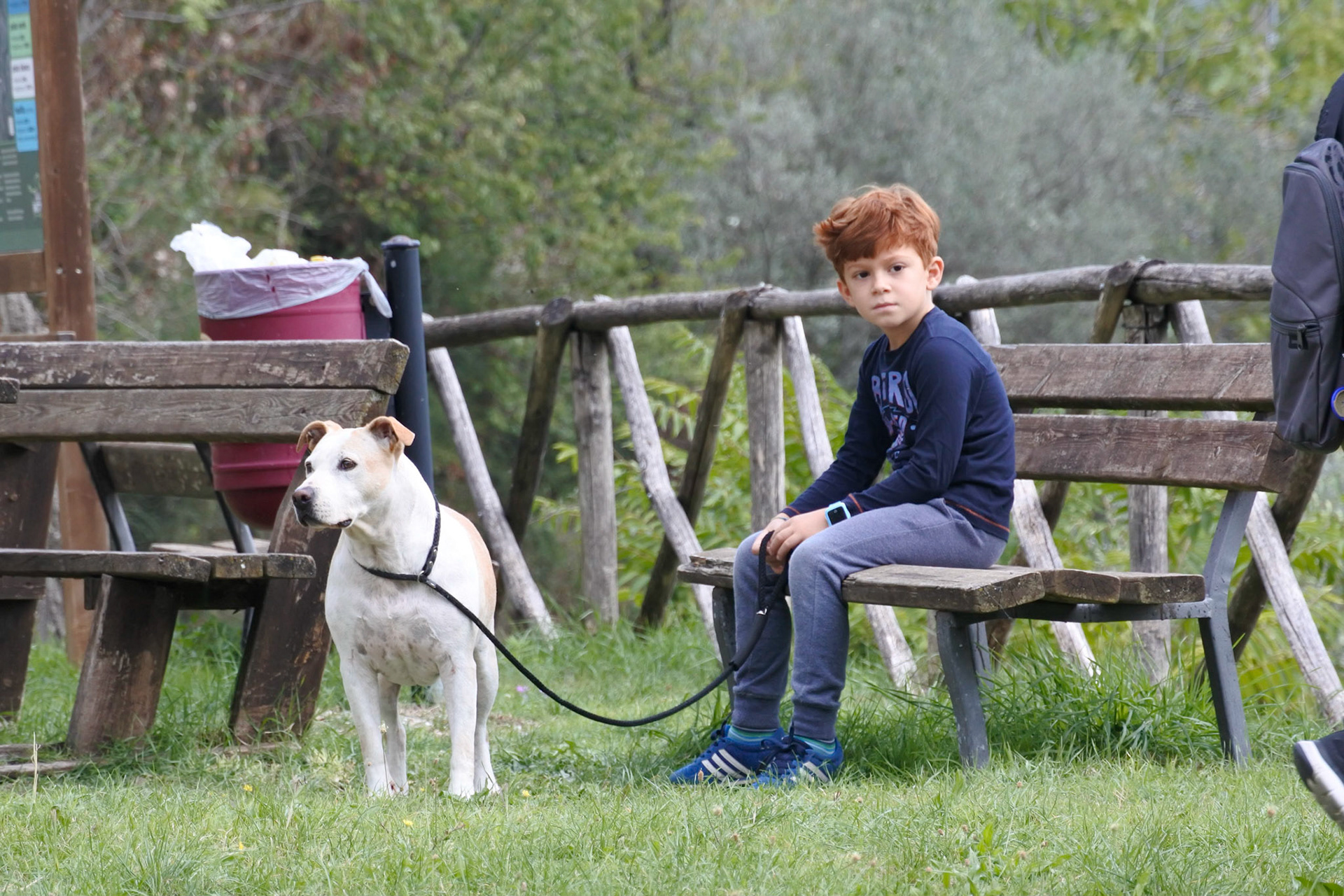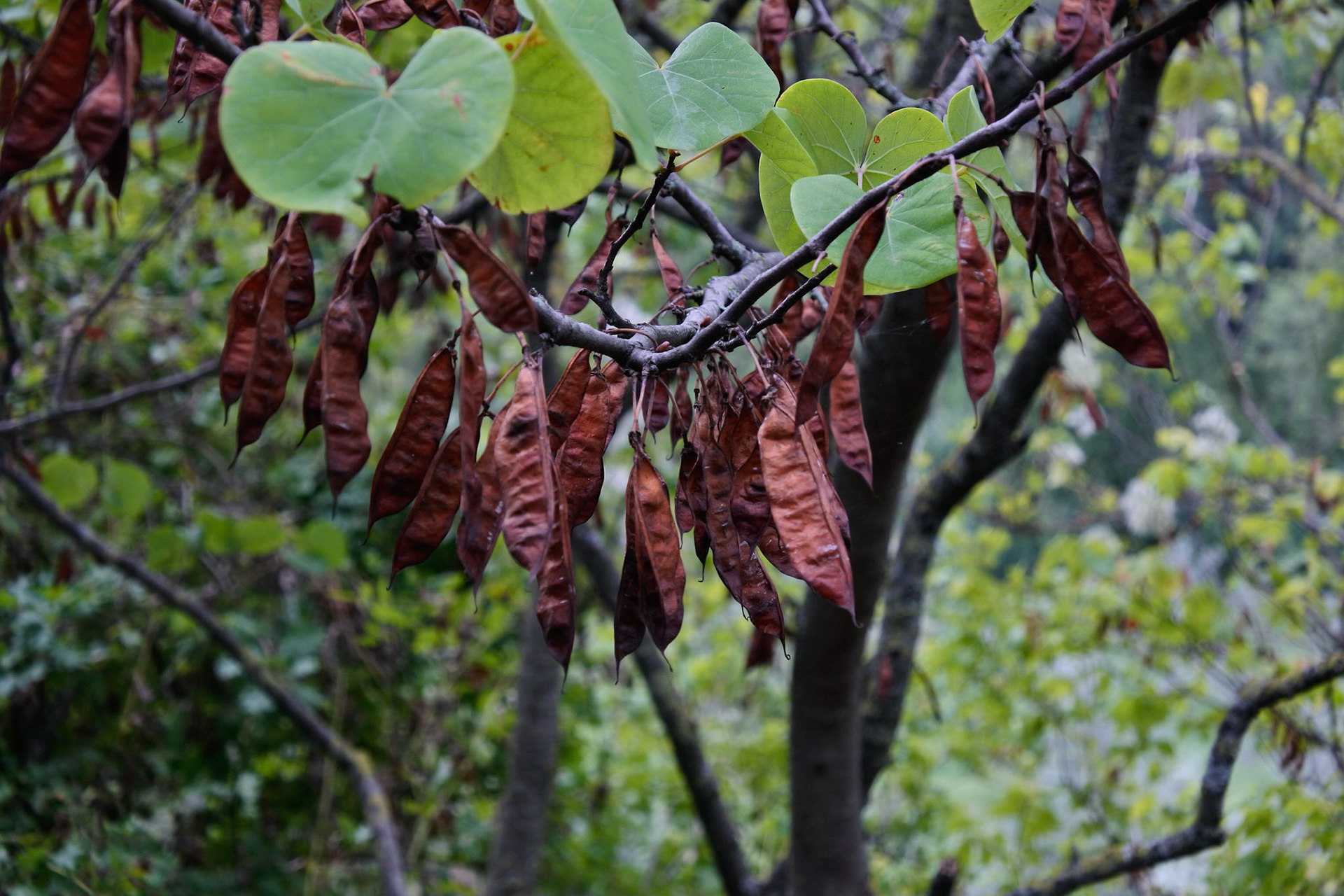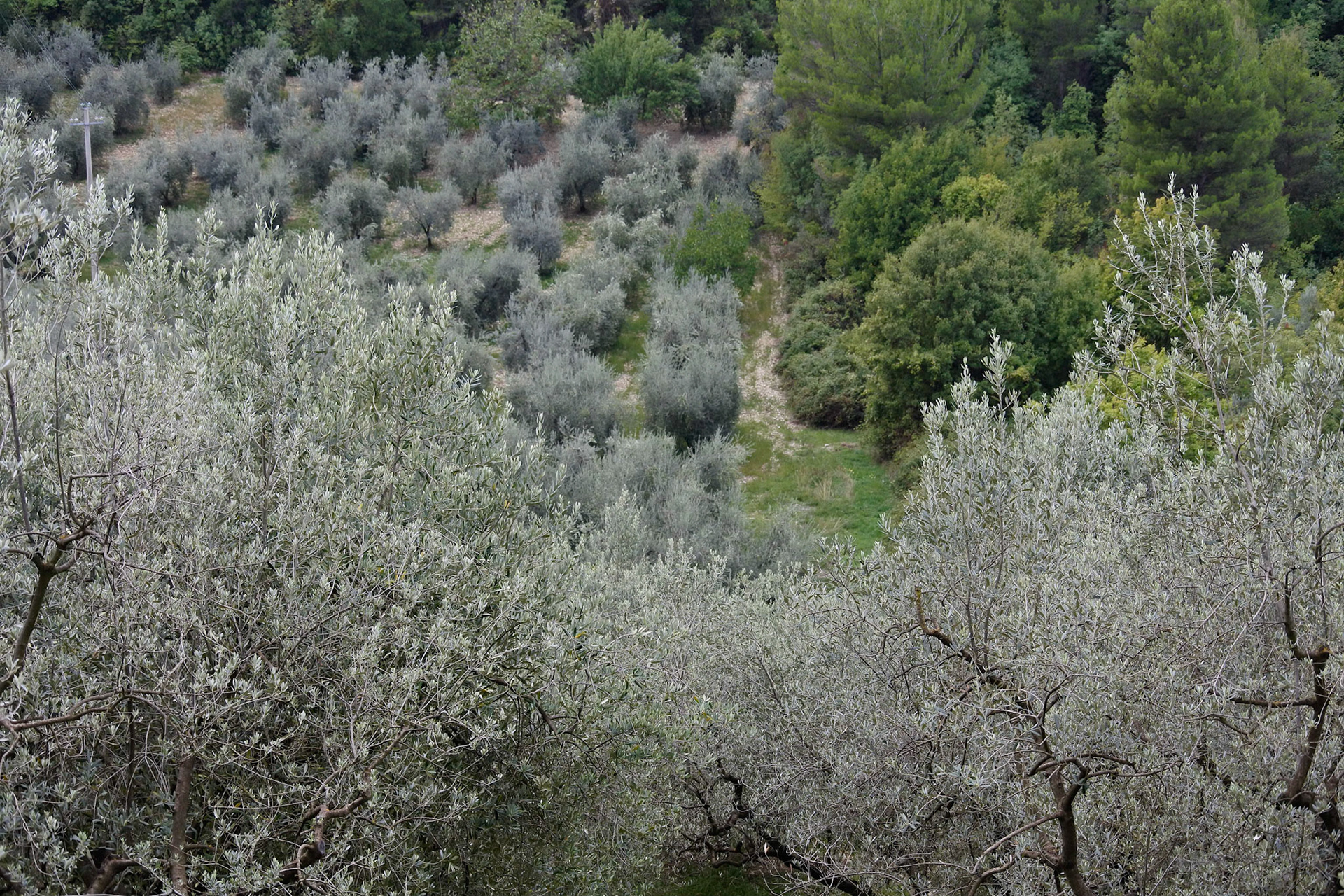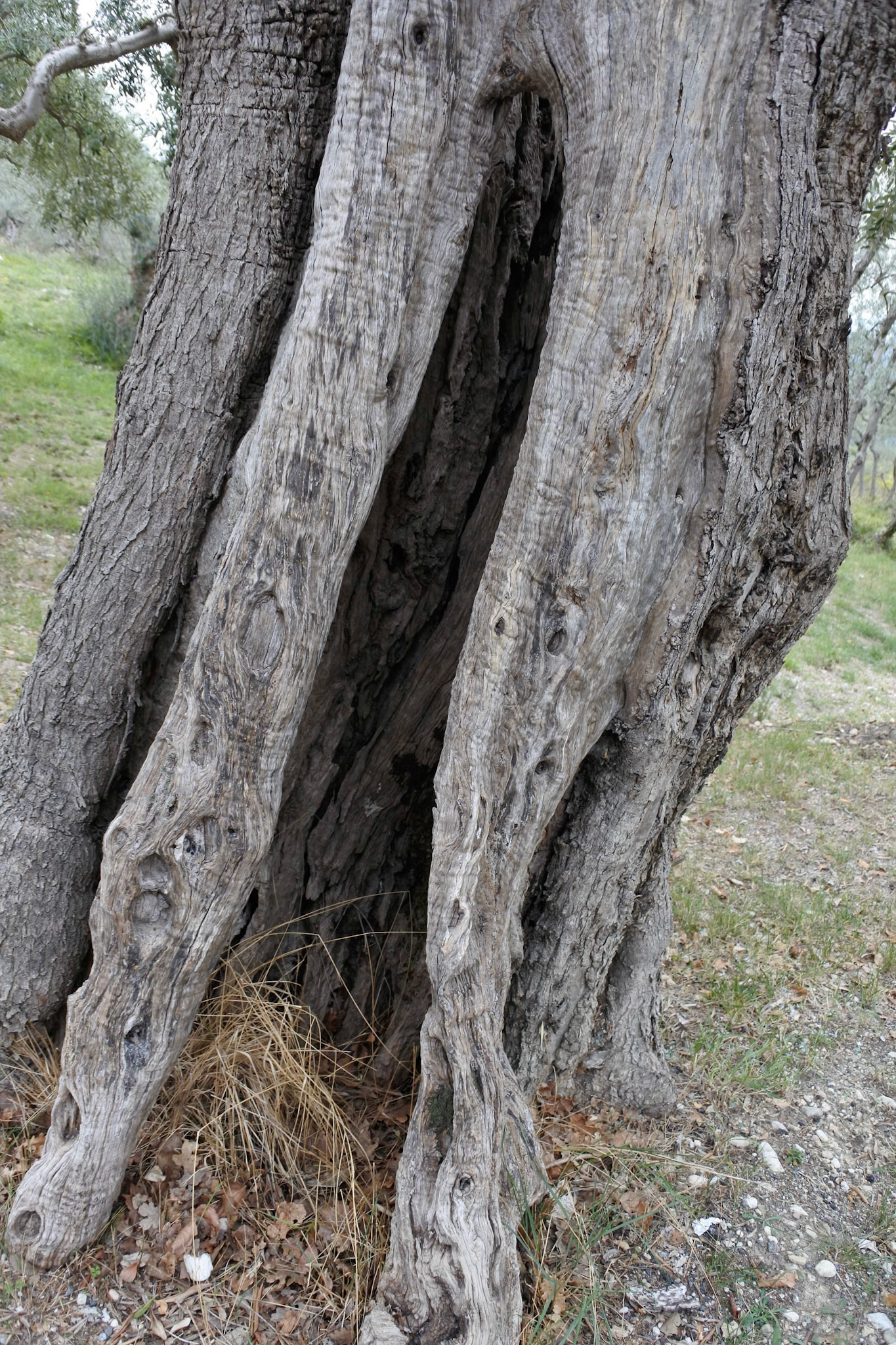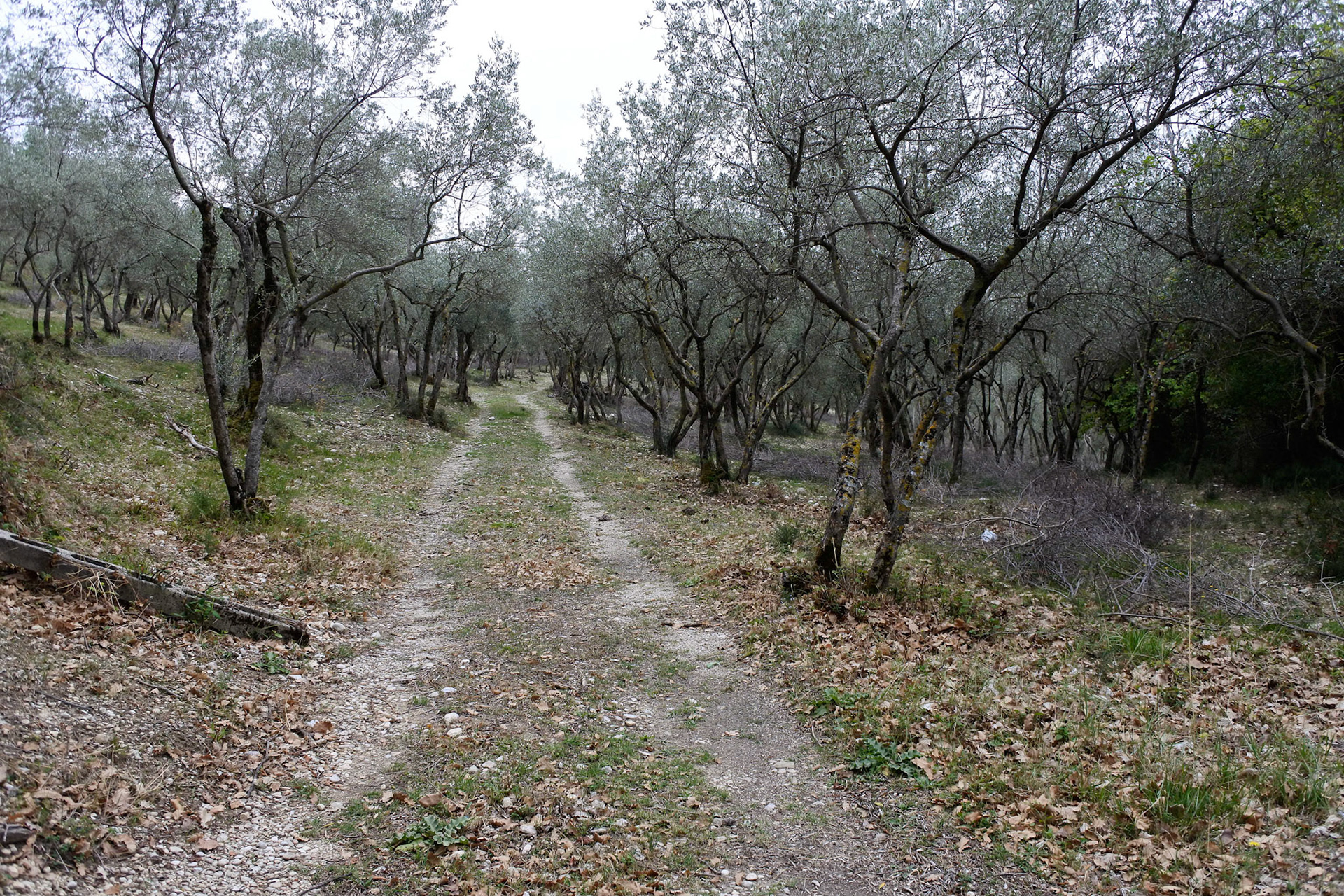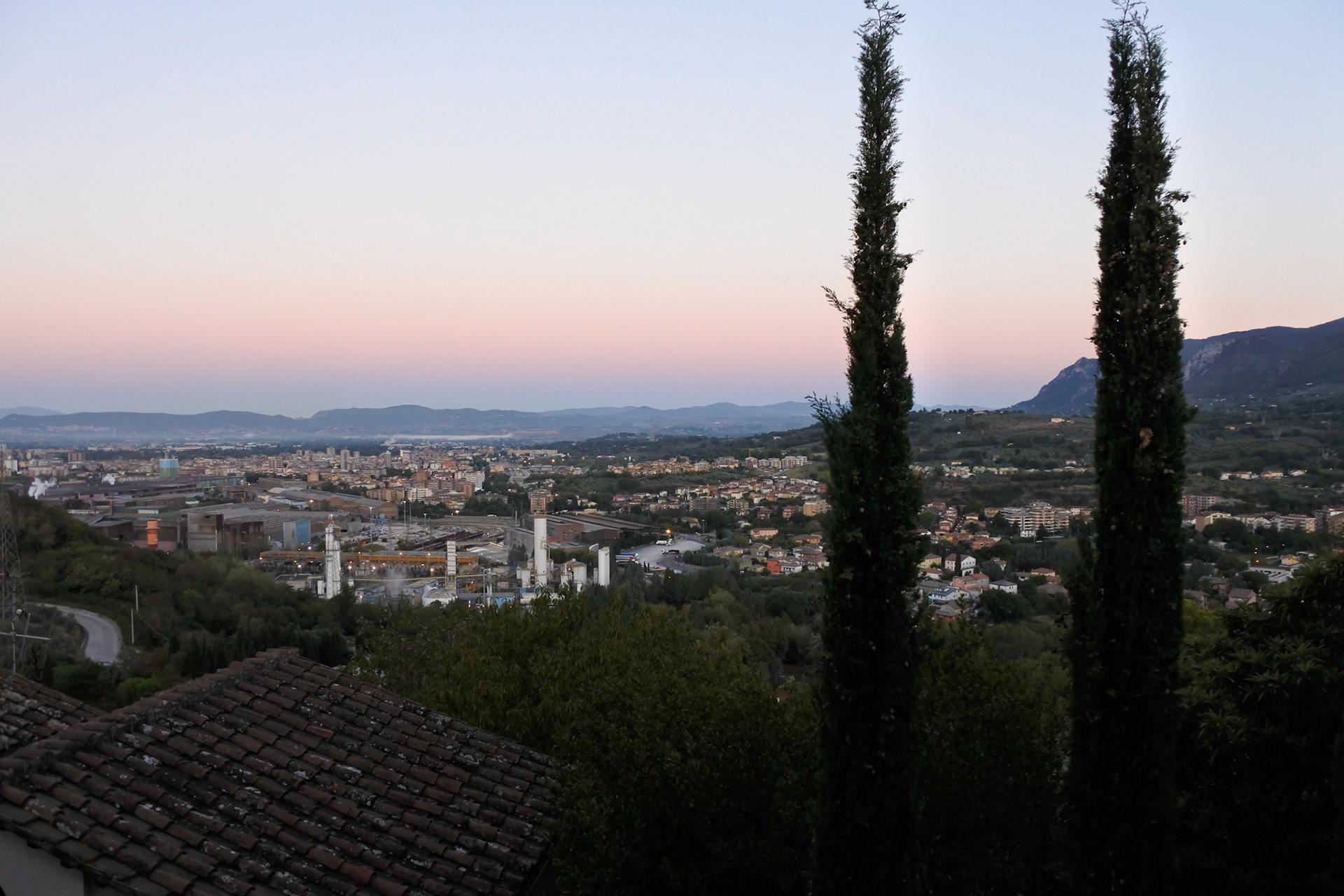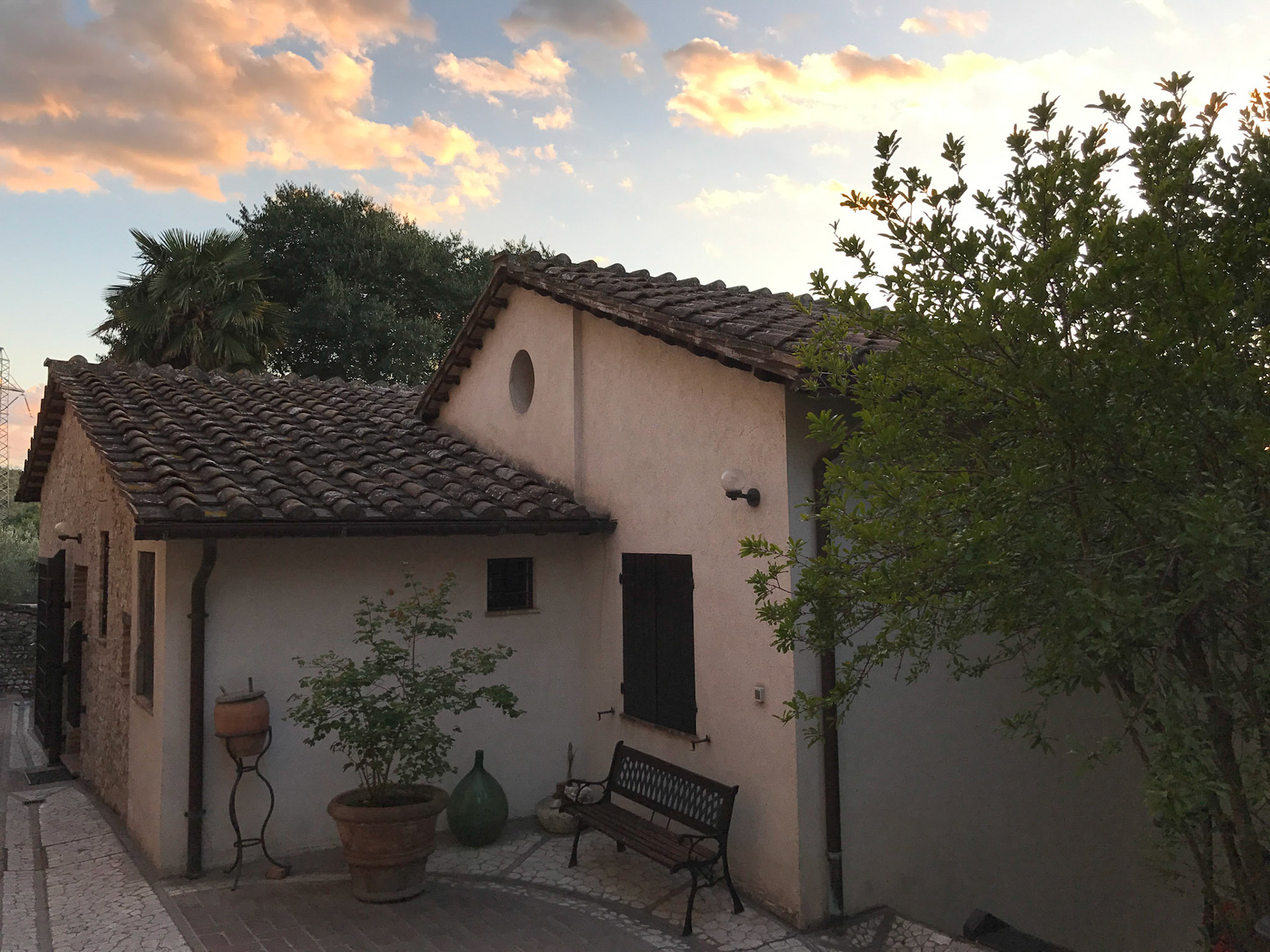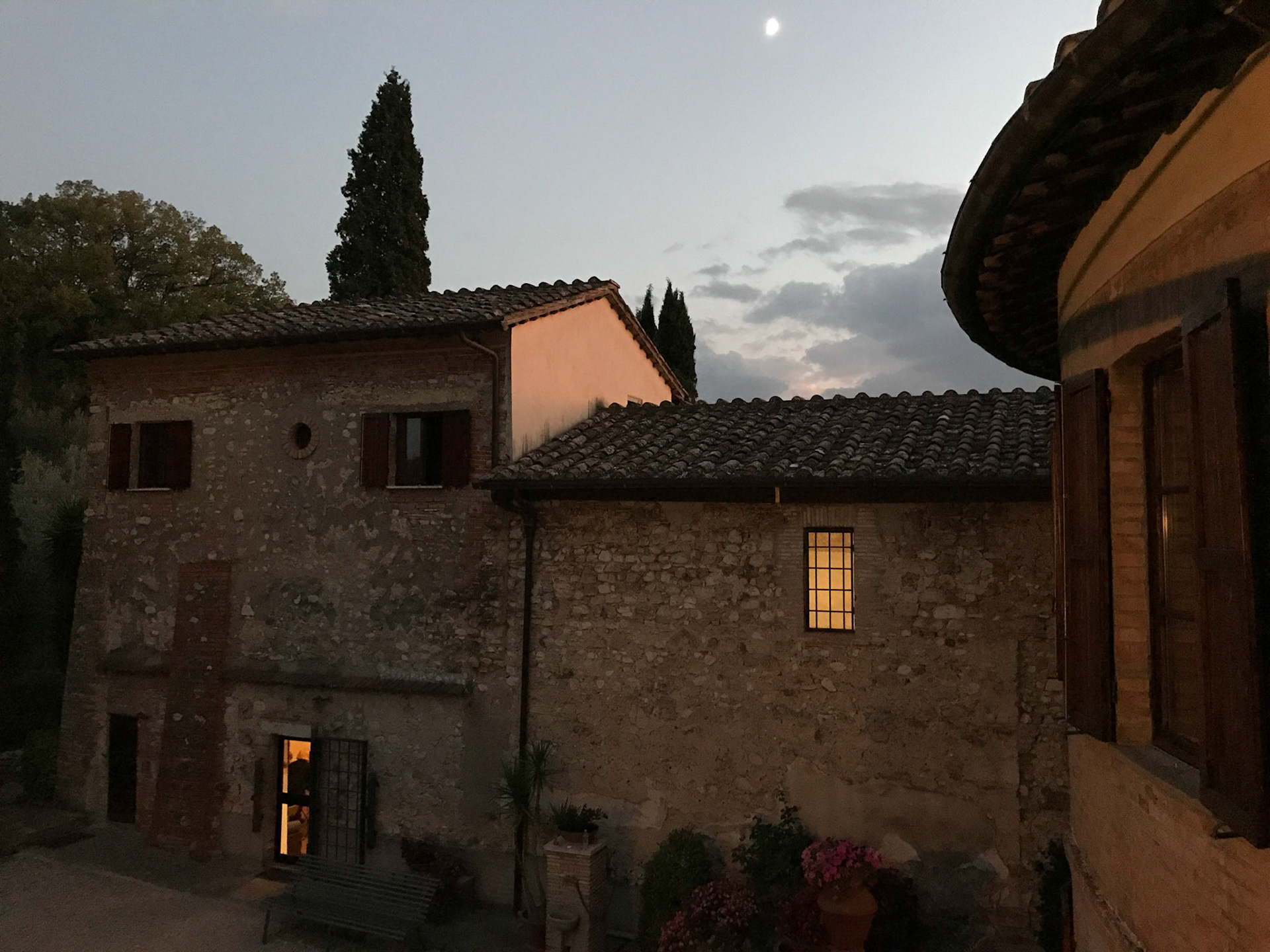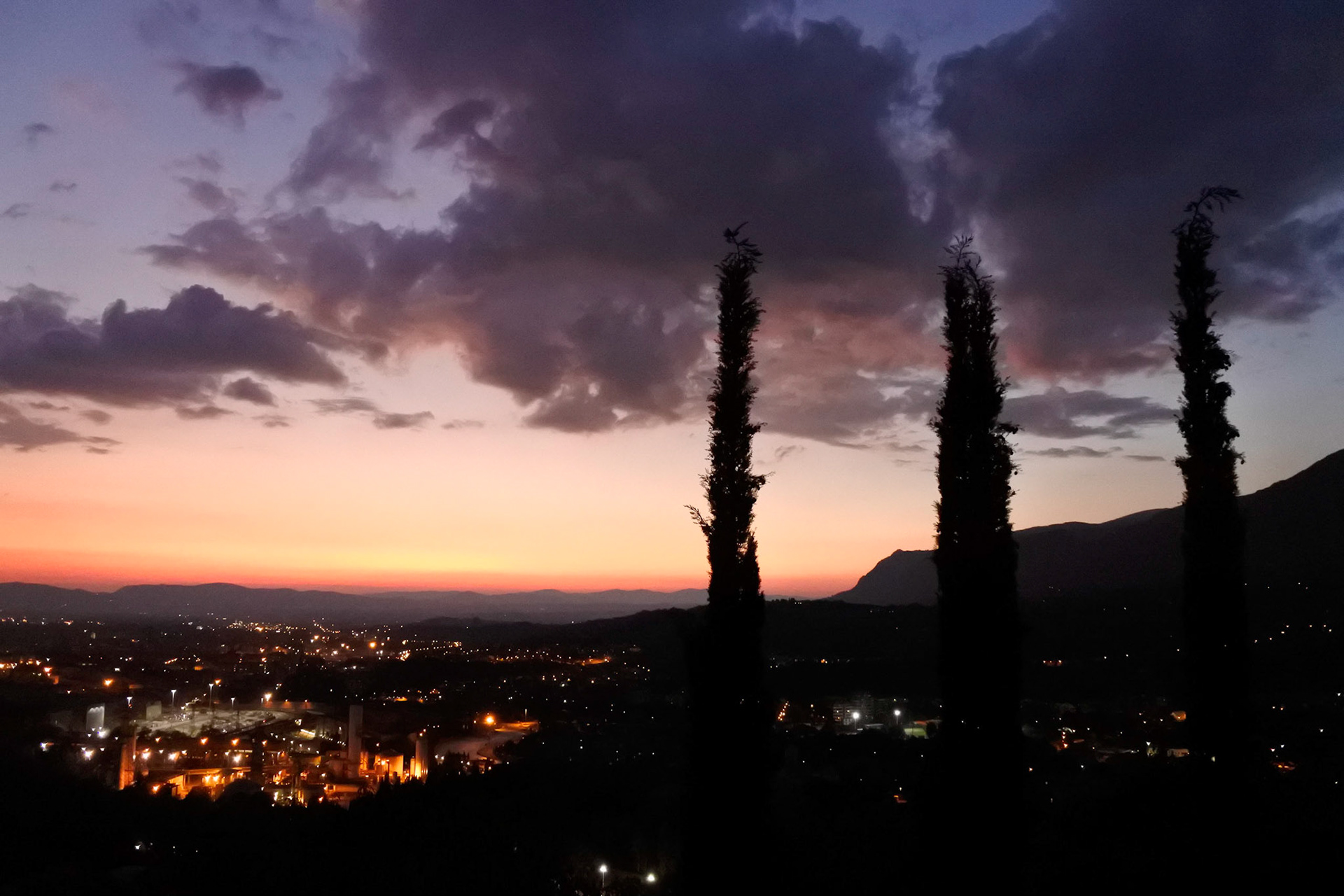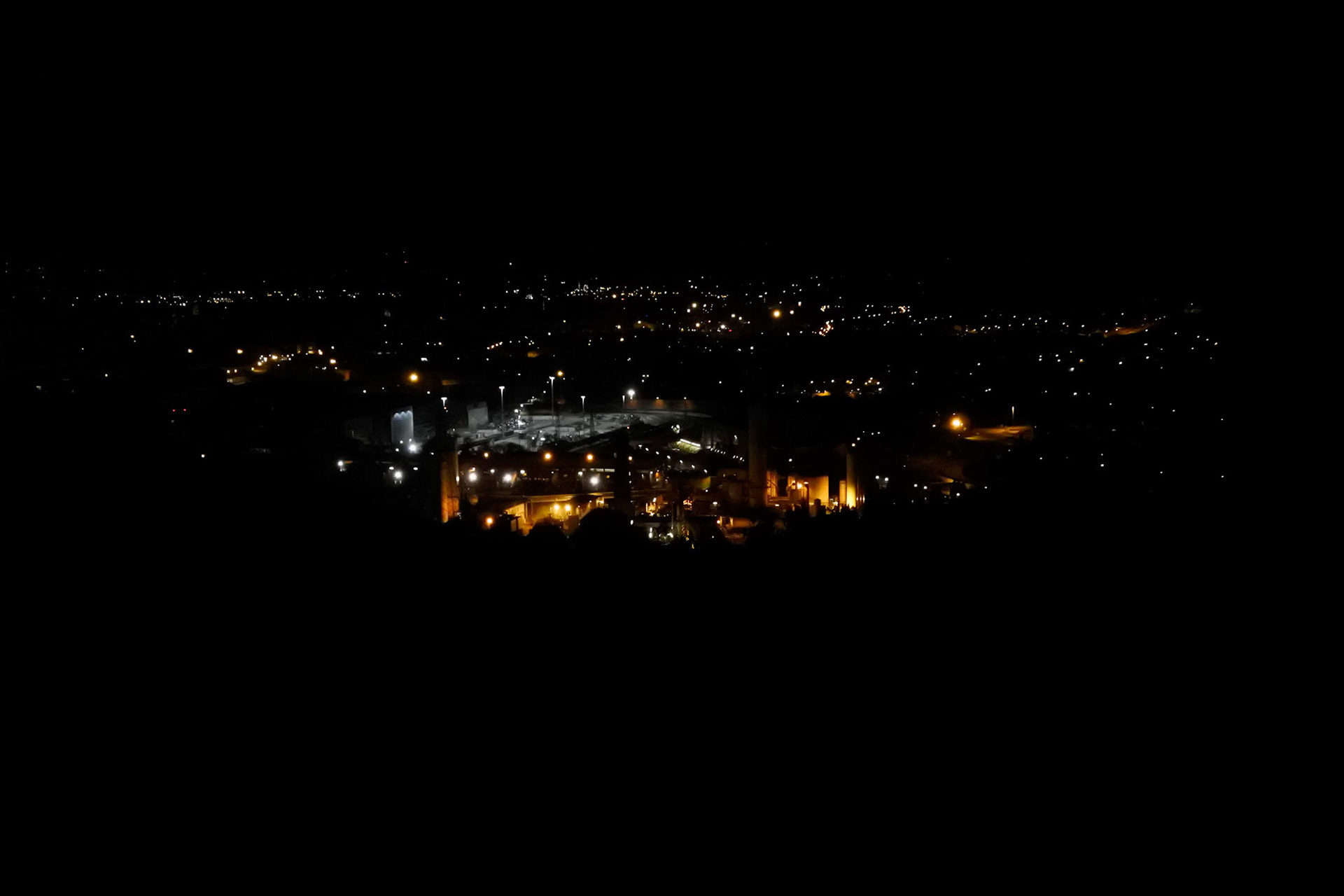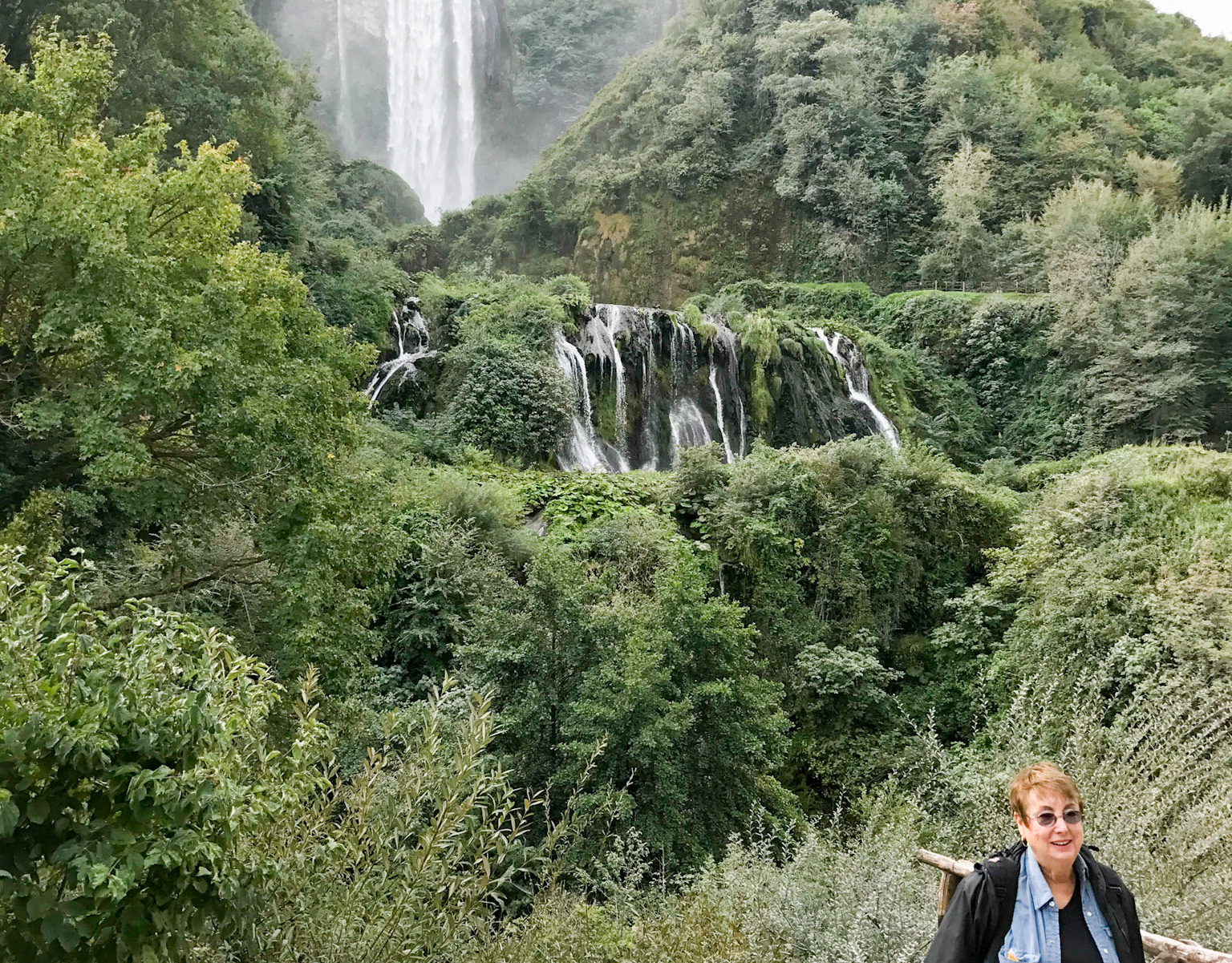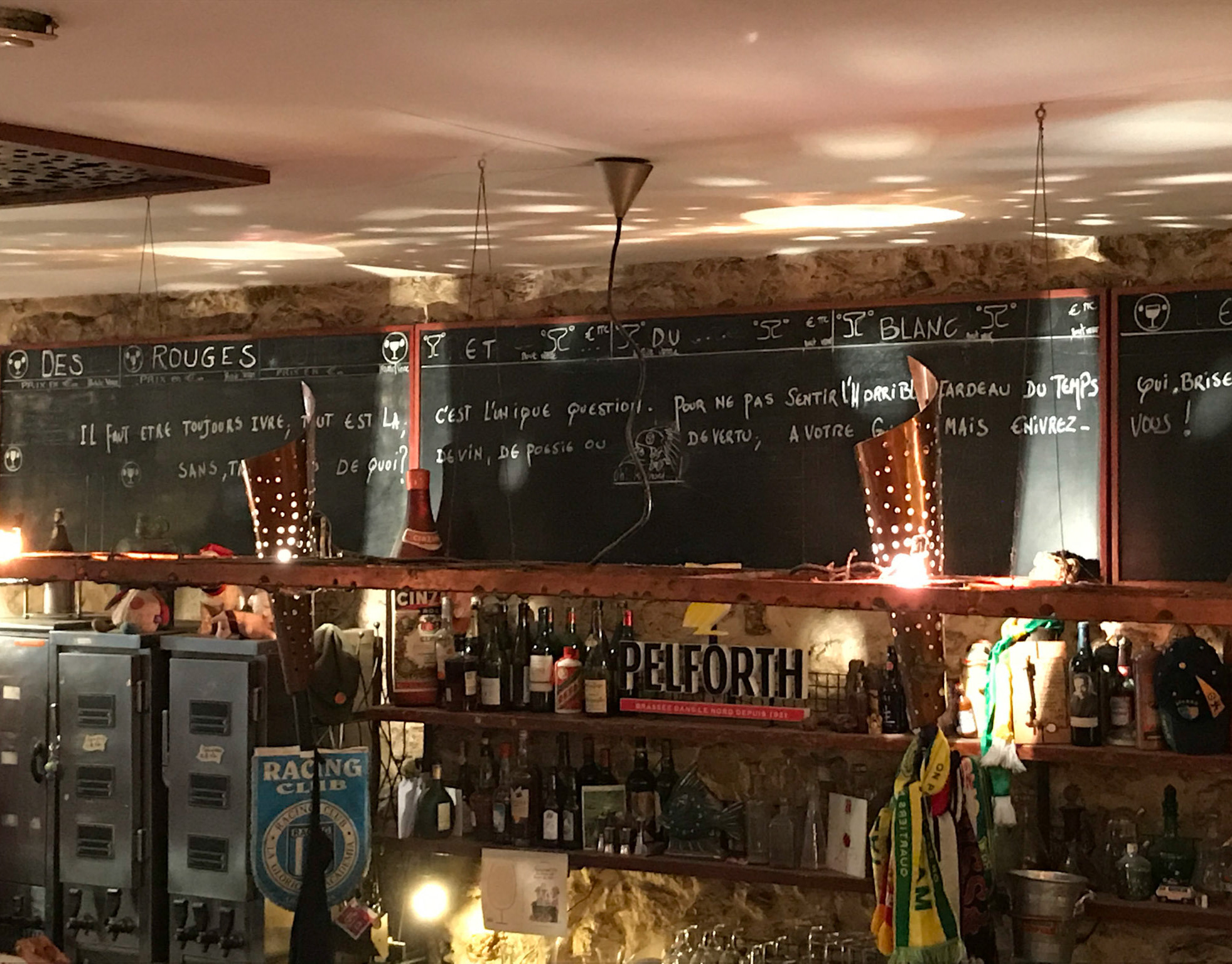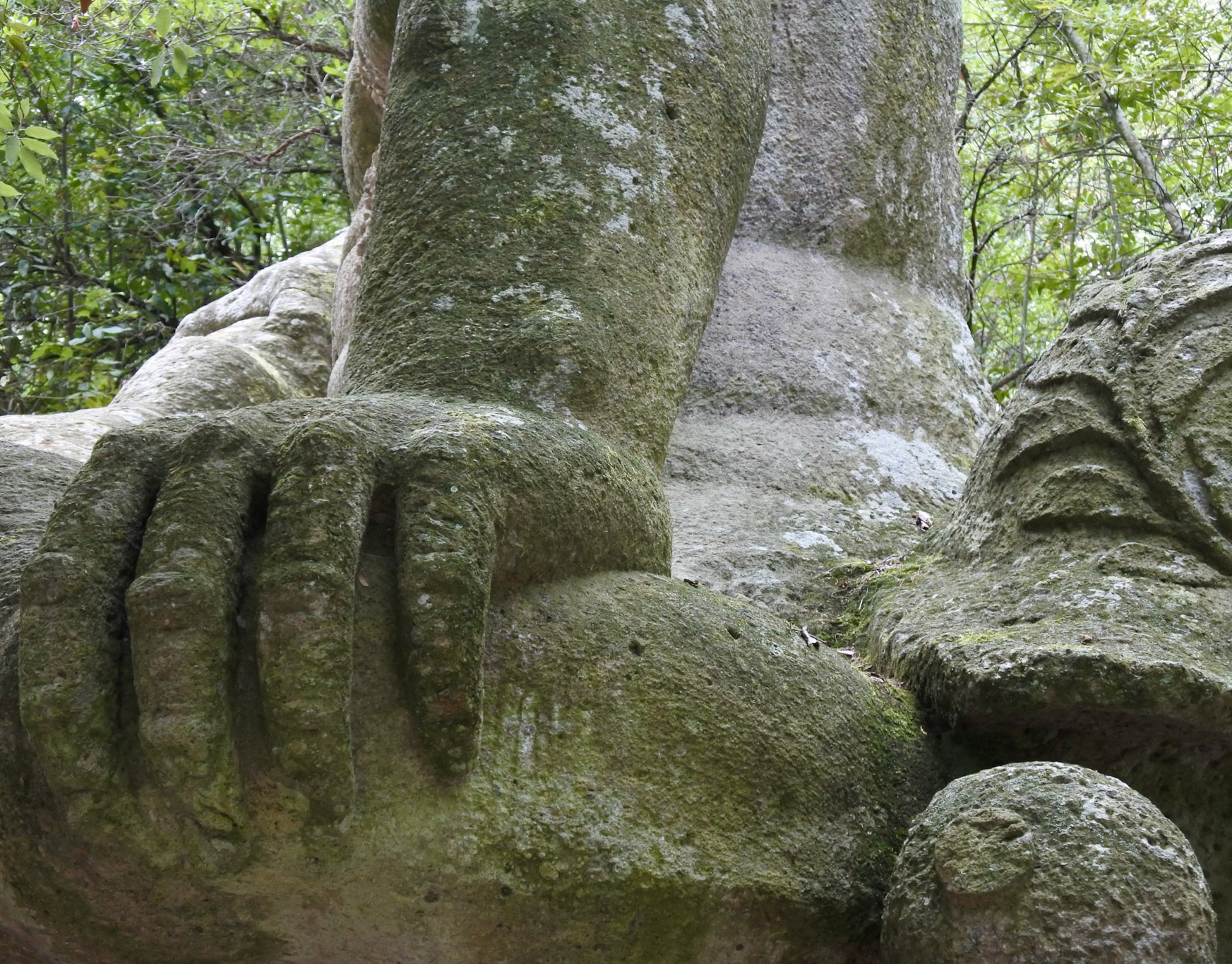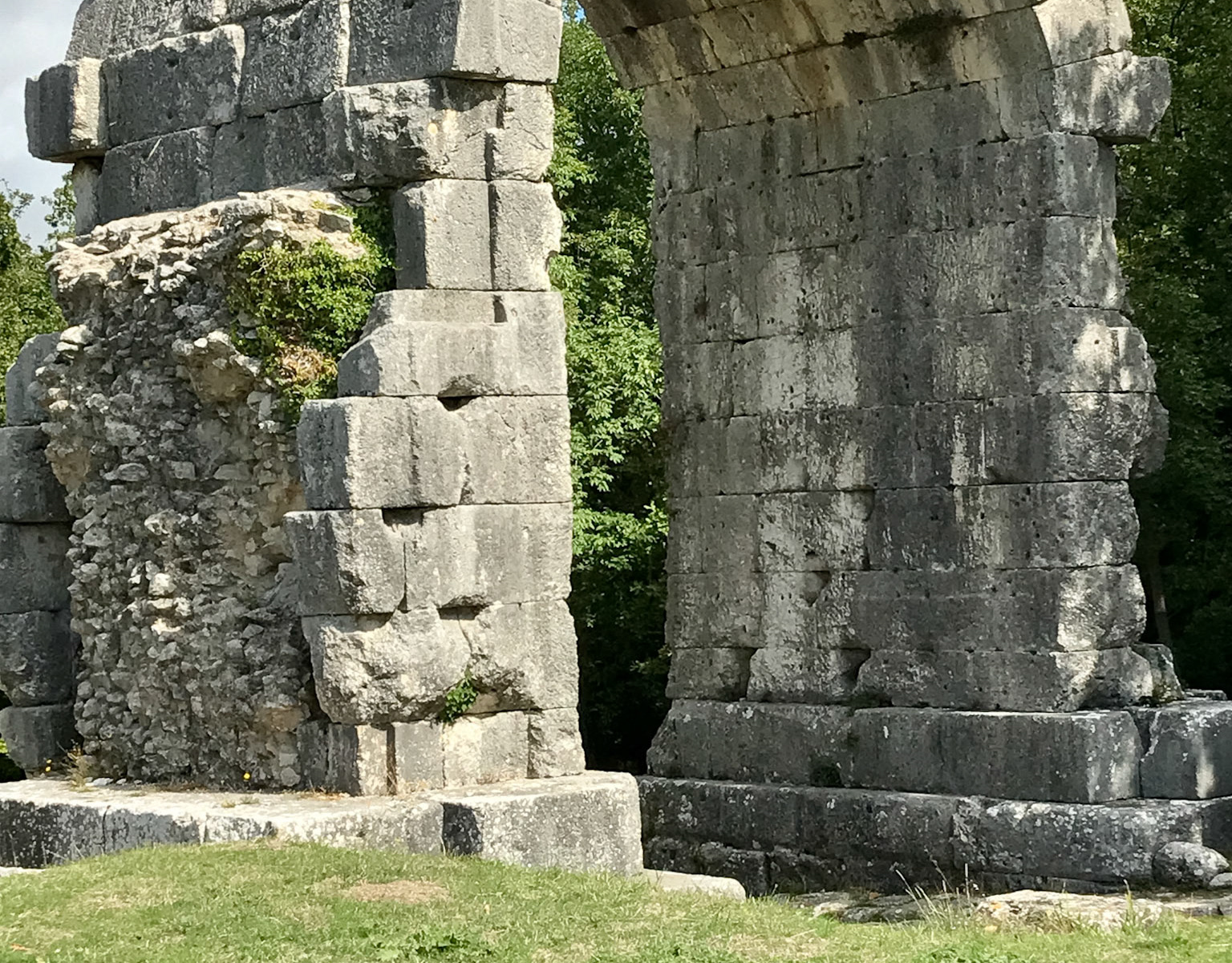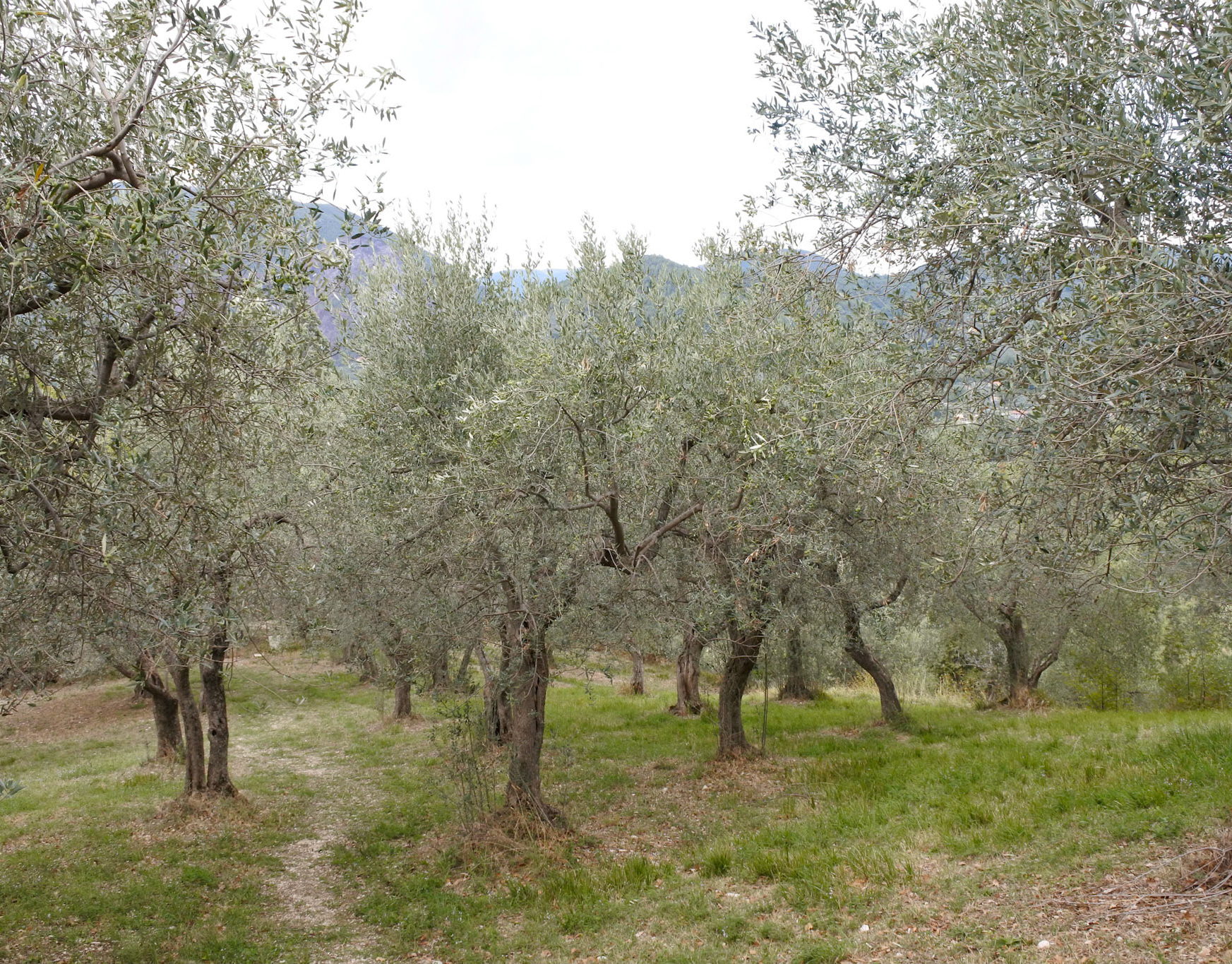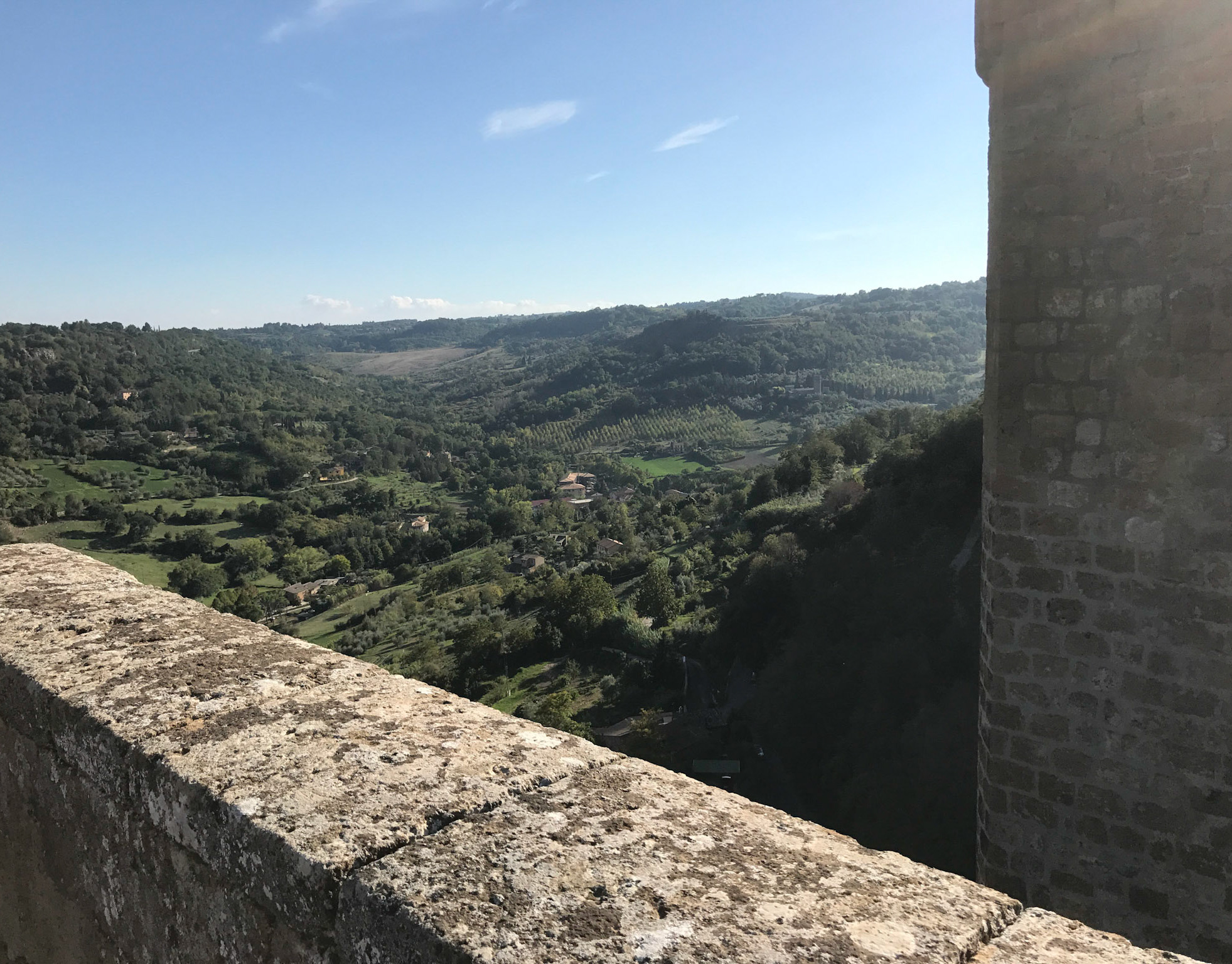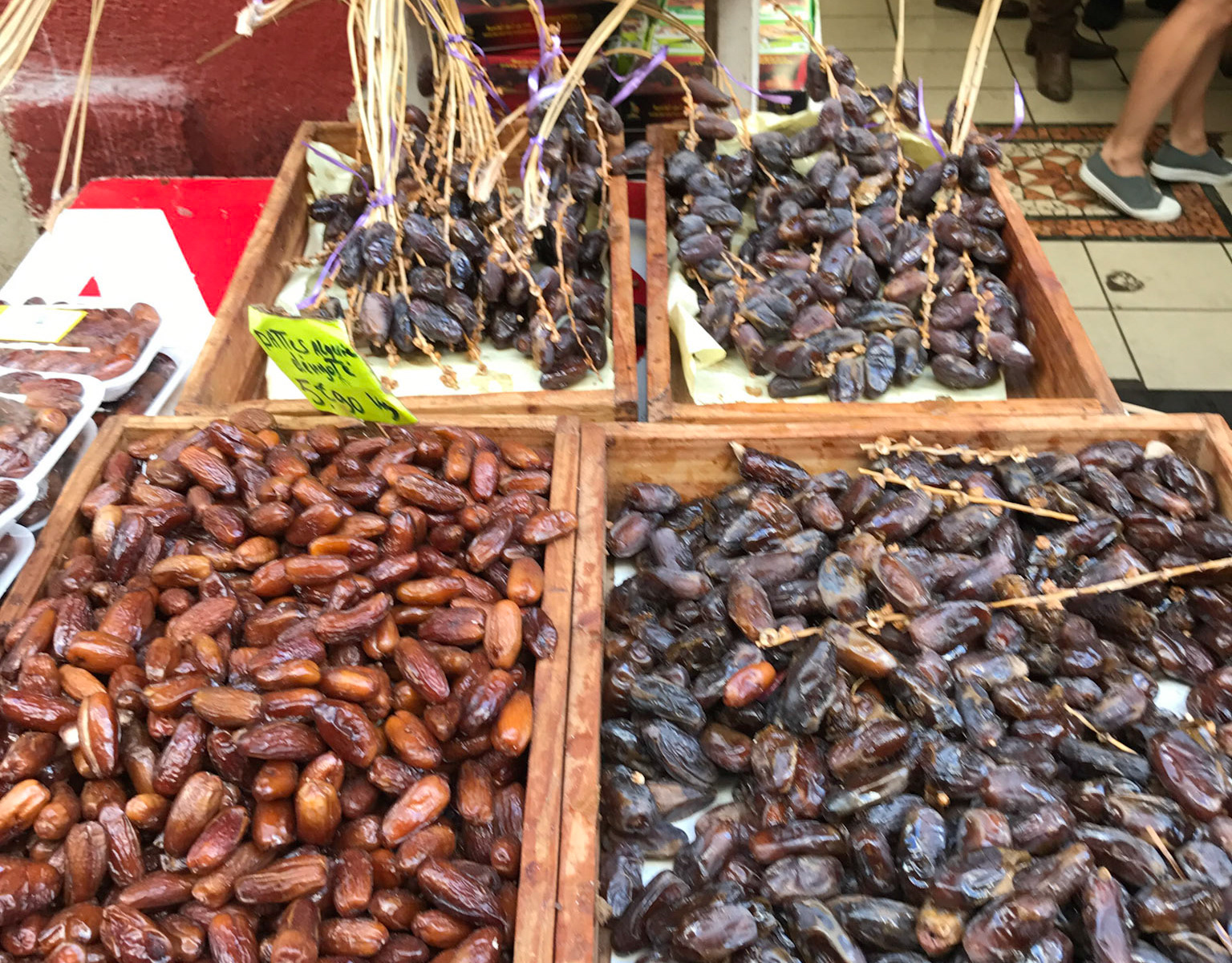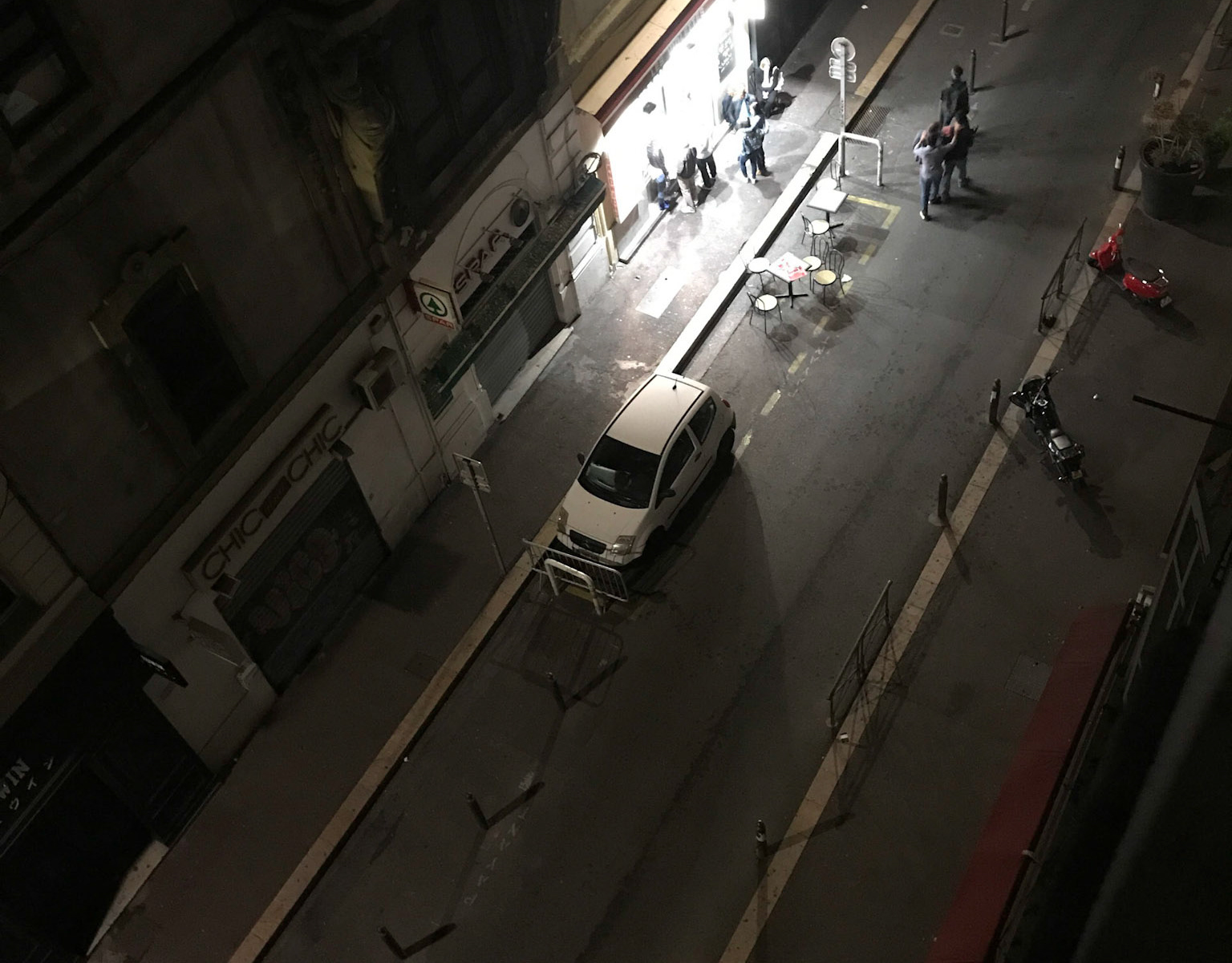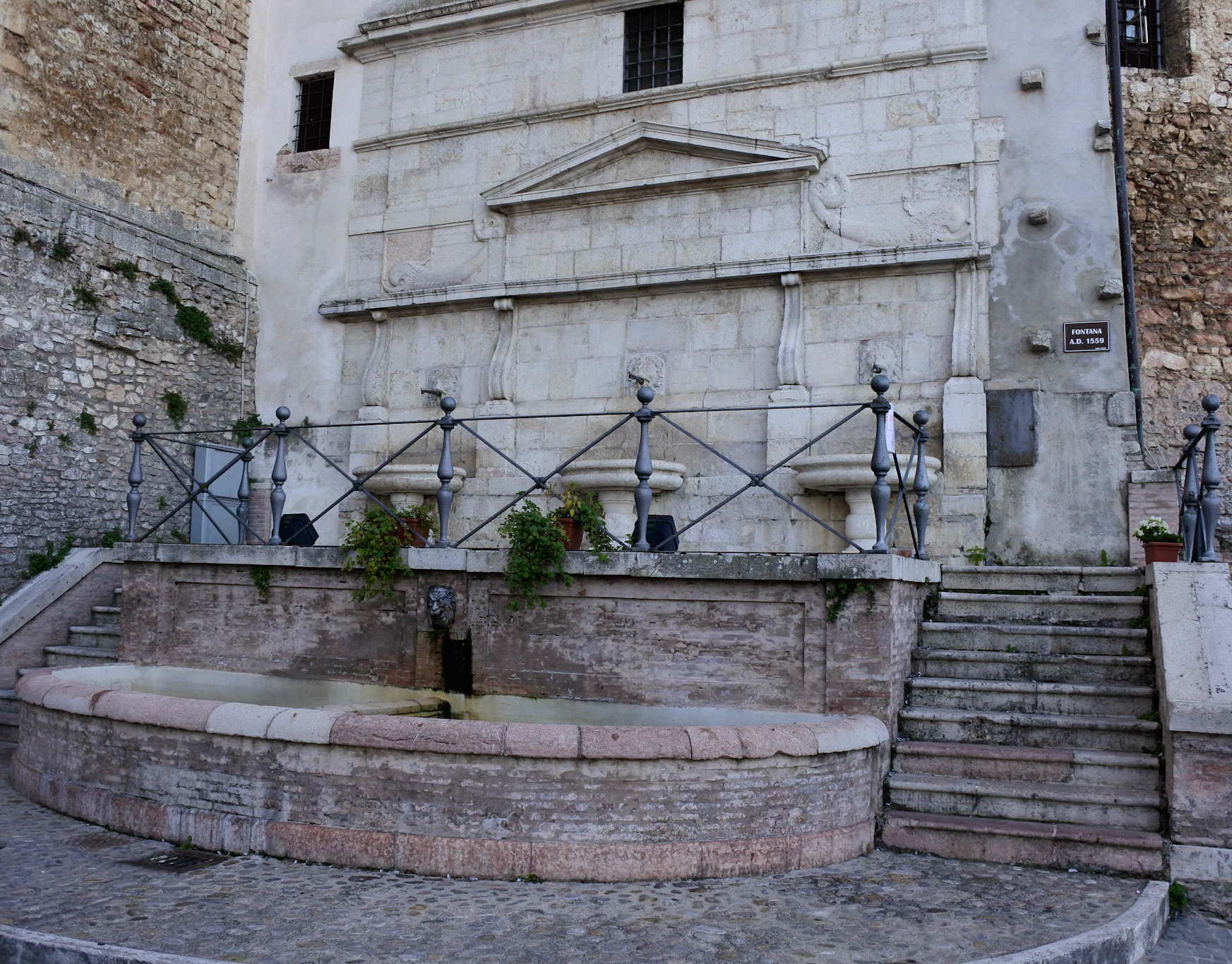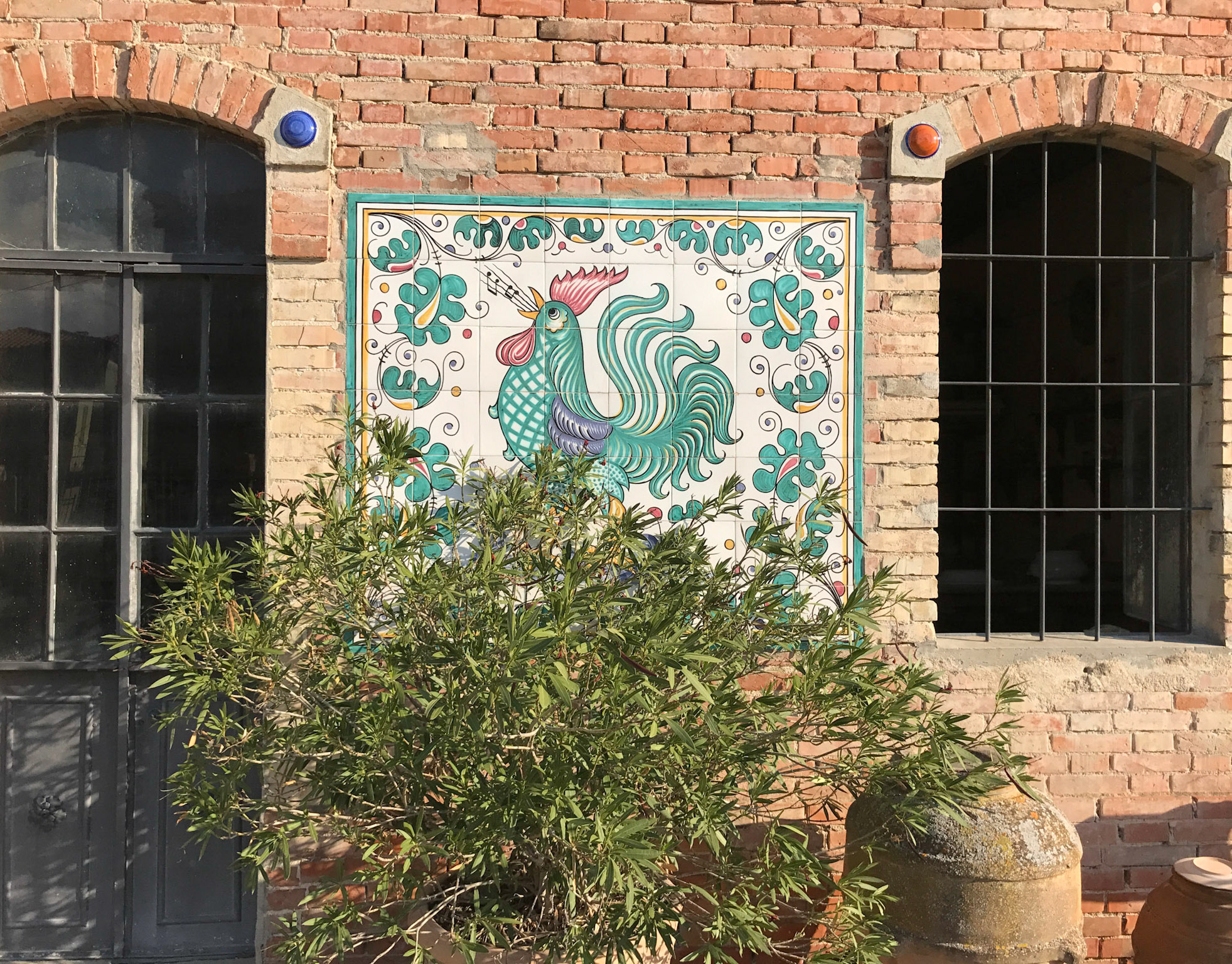We'd never planned a trip this long, but even with two years of research and discussion, we were still undecided six months or so out—which we thought of as "time to fish or cut bait." Linny's art has consumed much of her life the past few years, and she'd heard of a highly regarded class in sketching that's held in Italy. The instructors for the session that interested her are from the U of O art department, so their creds were easily verified. It seemed like a good thing to consider. When I looked over the La Romita School of Art website, it looked like I'd find something there to satisfy me—possibly learning to sketch, but possibly learning some regional cooking skills. Or I figured the place looked well-enough equipped for me to find privacy and just write while Linny took her art to the next level. I already expected to take photos wherever we went; they are my way of making notes, recreating our travels, stirring the memories into stories.
As it turned out, working with the local cooks wasn't part of the deal, and there was neither the wifi bandwidth I tend to use nor the private space conducive to writing. So, I set my sights on seeing more of Umbria with the daily tours of ancient towns and cities, including quite a few that Linny and I knew from our 2007 trip here with good friends. Then, we had spent a couple of weeks exploring on our own, but it's certainly wonderful having knowledgeable artists as guides. I also decided to see if I could learn enough about drawing for me to want to do more of it. I think the latter happened. I've continued drawing and, I hope, I'm getting better at it. But it's now in addition to writing and photography. Look for the overlaps. I am. It's third on the list, but it's on the list. It's already affected the way I look at things because drawing calls for a different attention than writing or photography (which is closer). Different ways to tell stories or record them.
La Romita School of Art is located in the hills outside of Terni about 50 miles north of Rome. Terni is on the southern edge of the region of Umbria. We'd driven through Terni in 2007, noticing the steel mill and other industry, but we hadn't stopped. I was looking forward to getting to know an Italian industrial town. On the map, it looked like one could get to town from the art school by either a long walk or a walk and bus. In fact, La Romida was too remote for that, and it would have been suicidal to walk the narrow road into the hills after dark. Italian drivers are absolutely not ready for that sort of nonsense. We were located to the east and high above both the city and the huge KruppsTyssen steel mill that spreads across the valley at the foot of the hill between us and the distant city center. If walking through the mill were possible…
The first photo among those below is from our bedroom window. Linny and I lived and worked with the background noise and earthly vibration of steel mills for many years in Pittsburgh. Their smells, too, which are the same and no less toxic for originating in Italy. I didn't mind the sounds coming up to our open window, but I minded the releases of bilge into the night air. Into the river? No different than back home. After hearing from the La Romita director that people living in the basin near the mill have had to bury their gardens and can no longer plant vegetables, I wondered about the possible toxic by-products of smelting recycled metals in the course of making steel—generically the problems I knew from the last mill I worked in. Whatever the causes, there are fixes, so it's just the power of KruppsTyssen. This is a double or triple hardship and health issue. A labor issue, too.
The next several photos are from our only time in downtown Terni. Capped with a night shot of the city from above. We had an excellent panorama of the valley from our perch.
Some photos are from around the grounds, including of olive trees that are harvested to help support the school, which you'll see in the next several photos. The site has historic importance: It is a renovated sixteenth century Capuchin monastery surrounded by olive groves in the foothills of the Apennine mountains. Think St Francis, the local guy. (http://www.laromita.org/theschool/history/)
After the art table pic, there is a series from a hike that Linny and I took over the mountain further to our east. It's surprising to round a bend and find a village, though you usually see a church tower first. Then you look across this new valley and see another village on another hill. The final photos are back at La Romita, wandering around as the sun set and night revealed a city of lights in a dark bowl.
